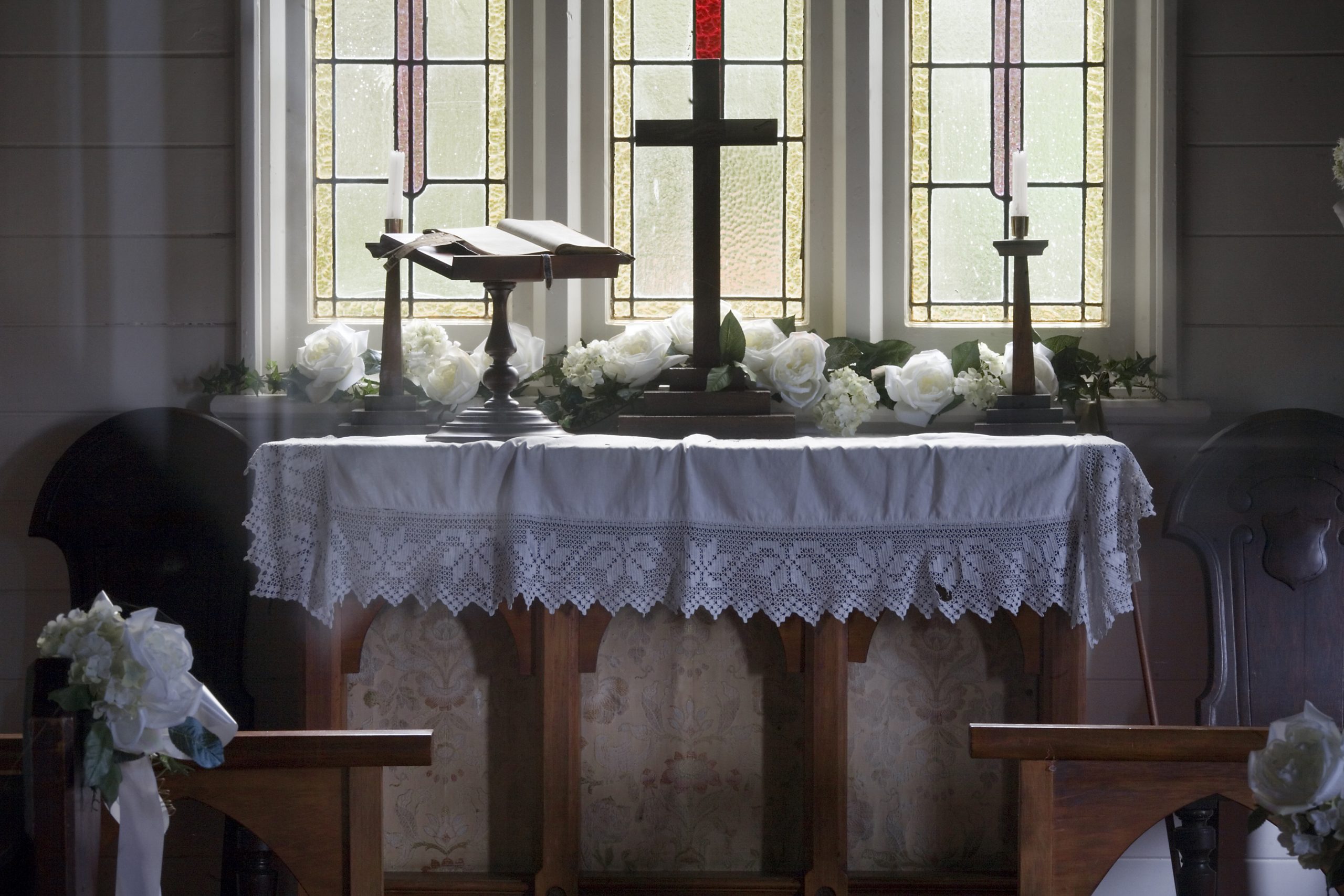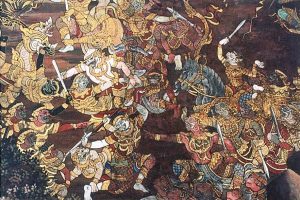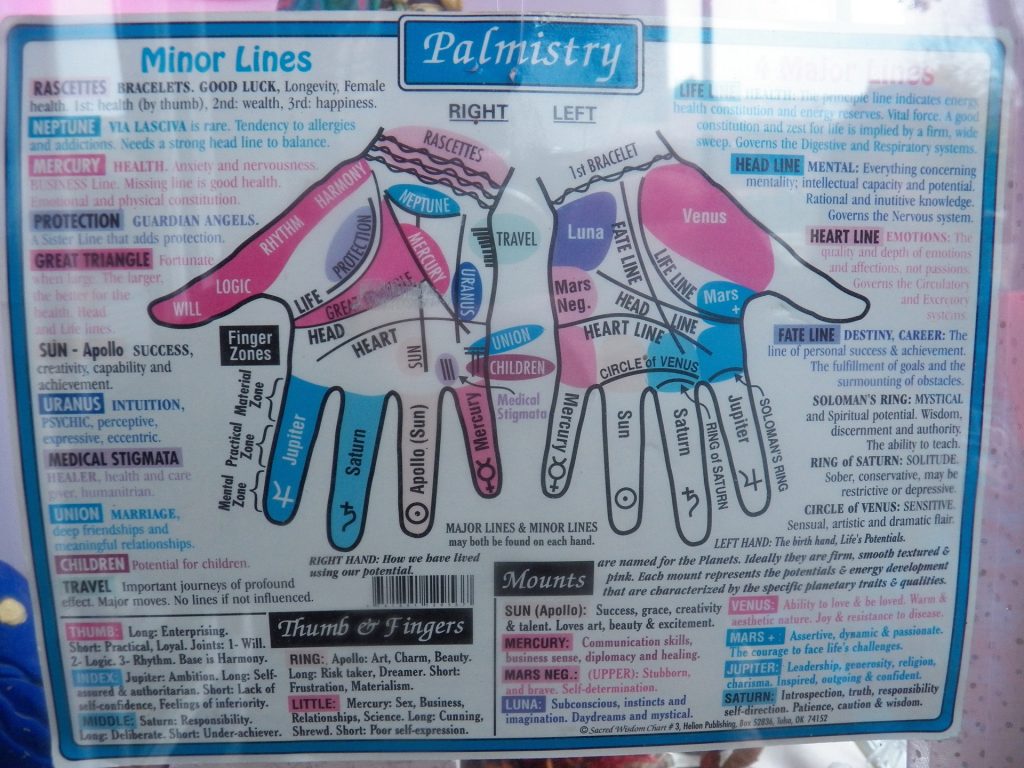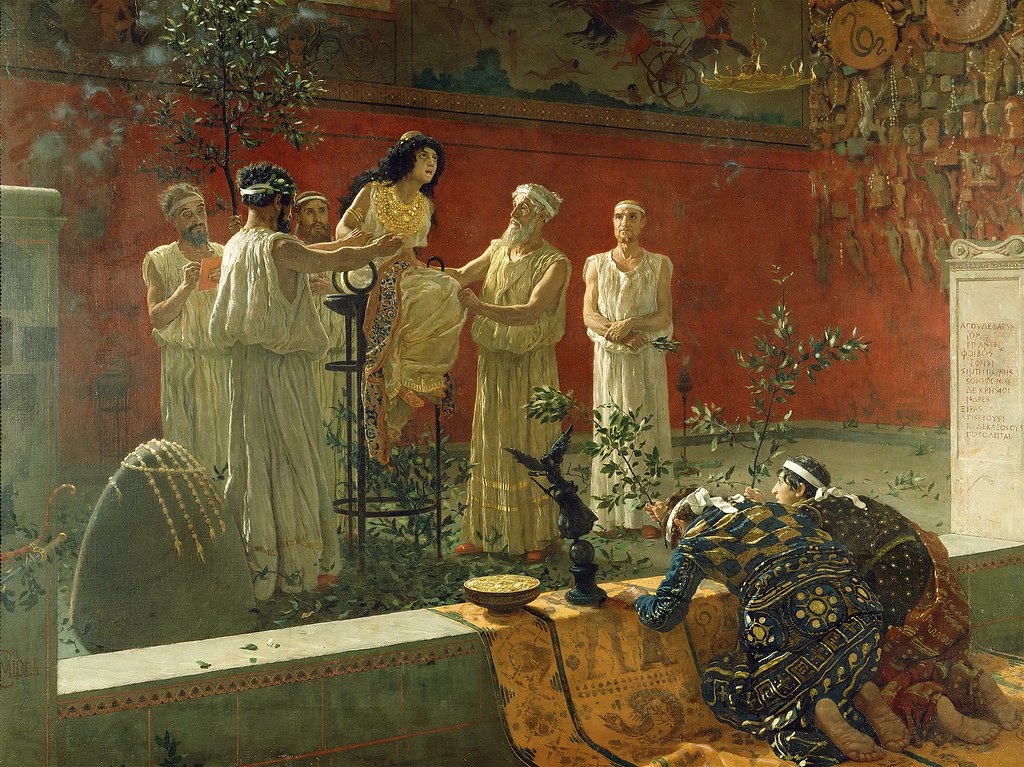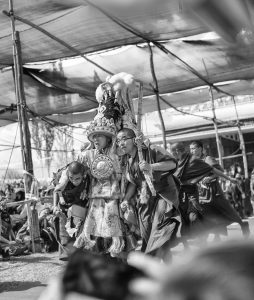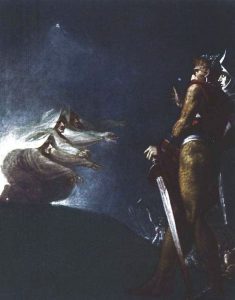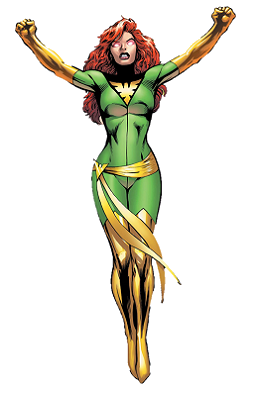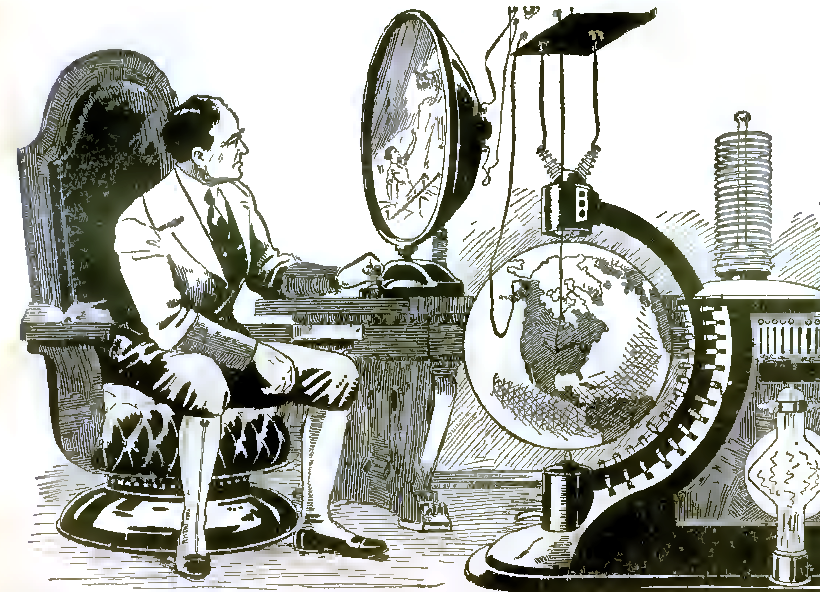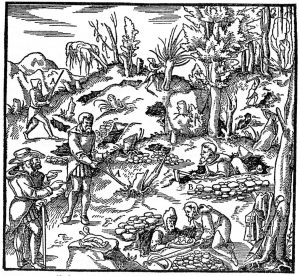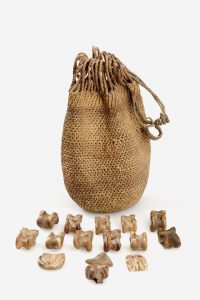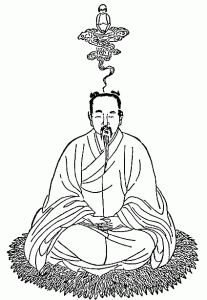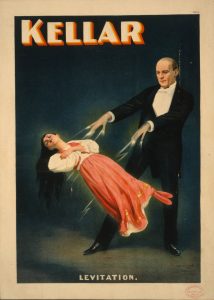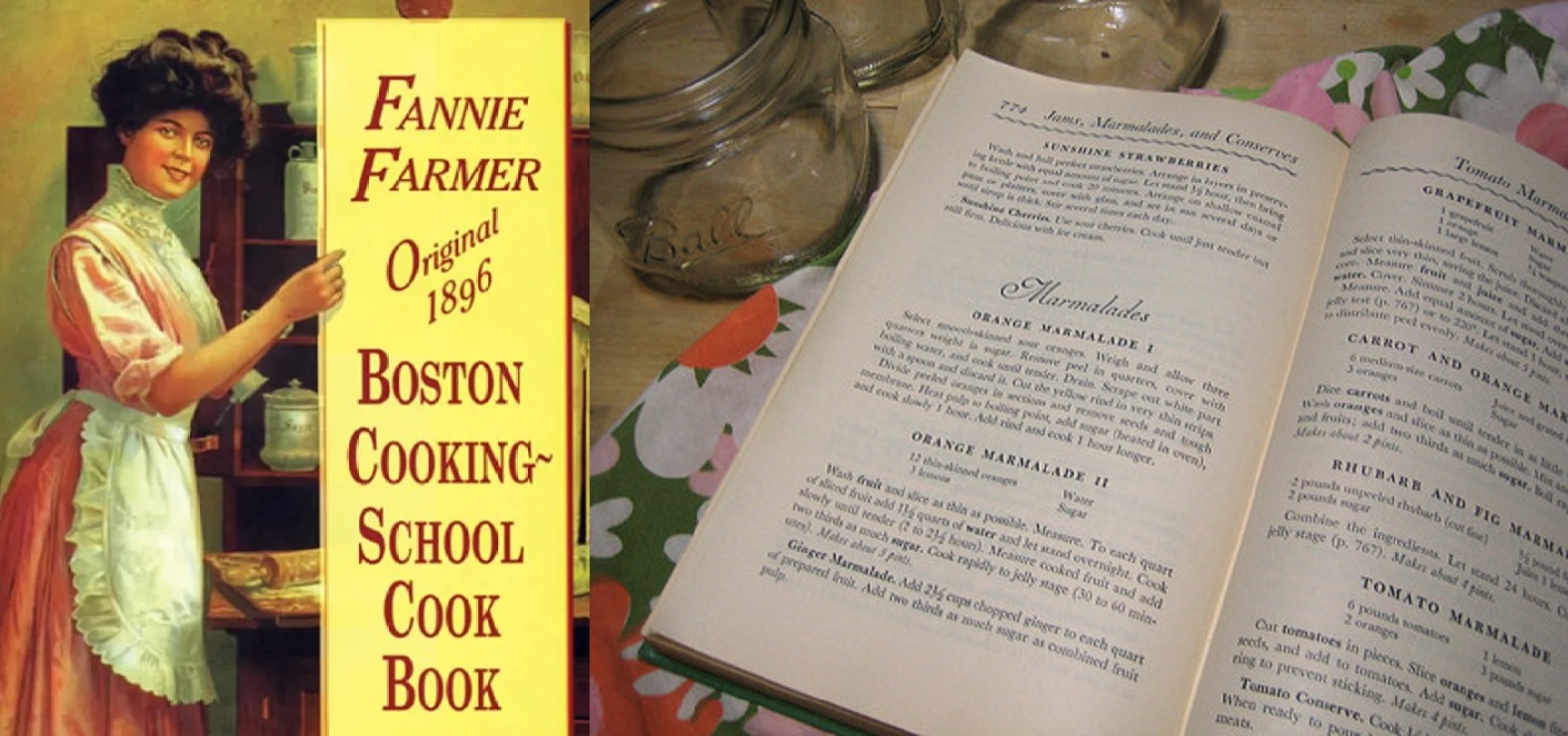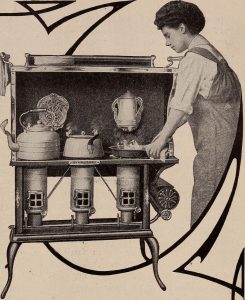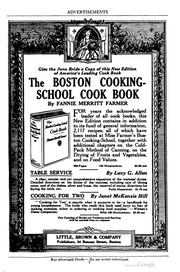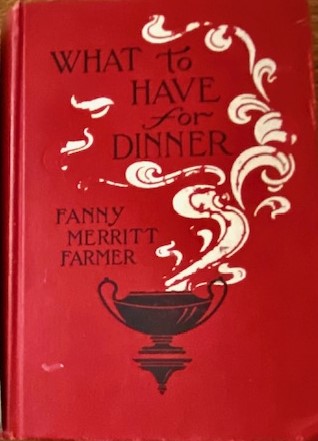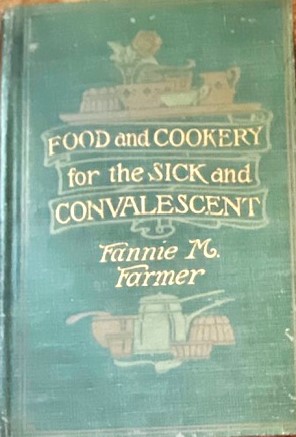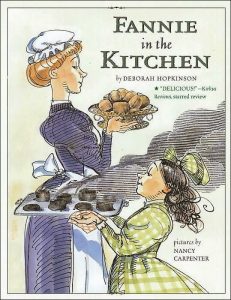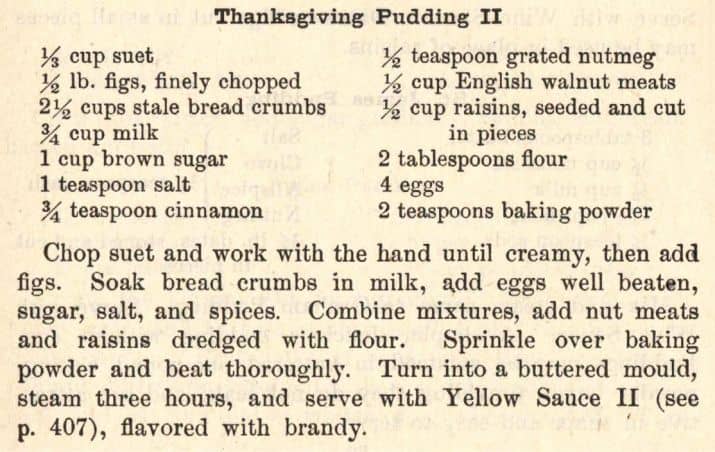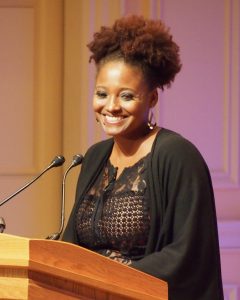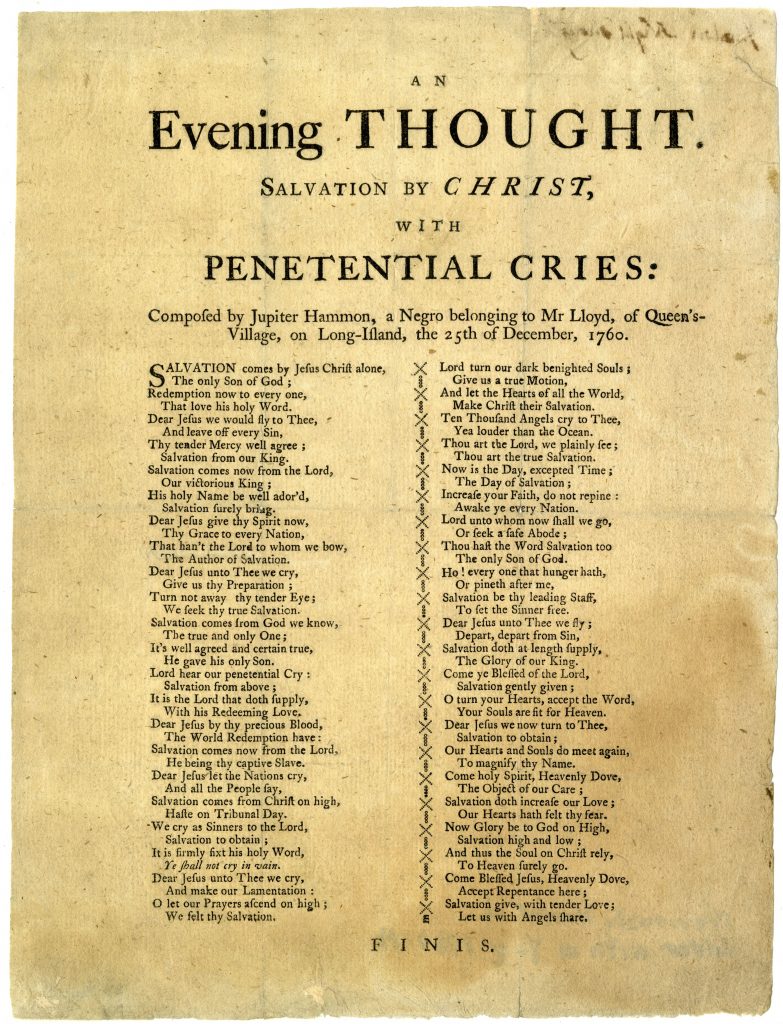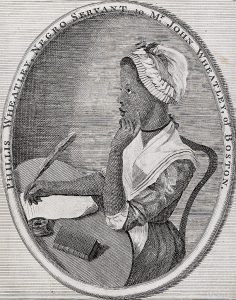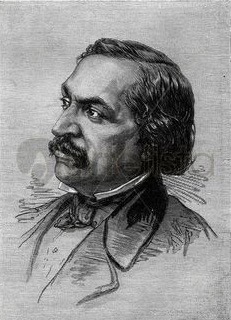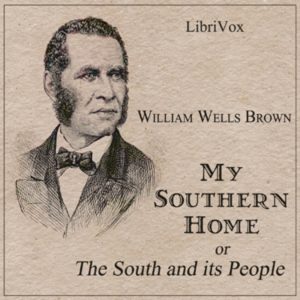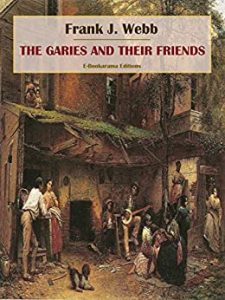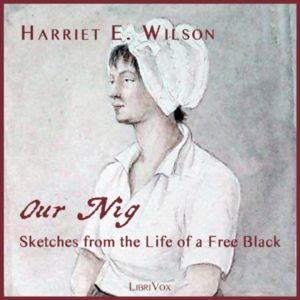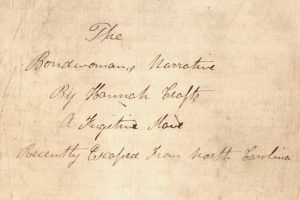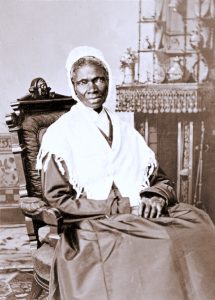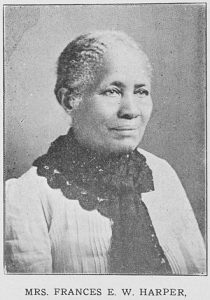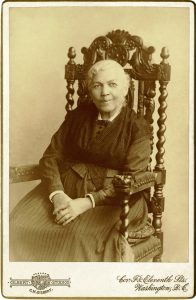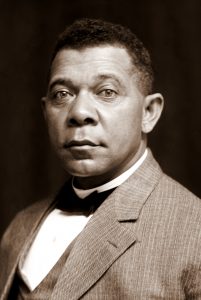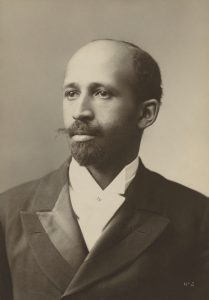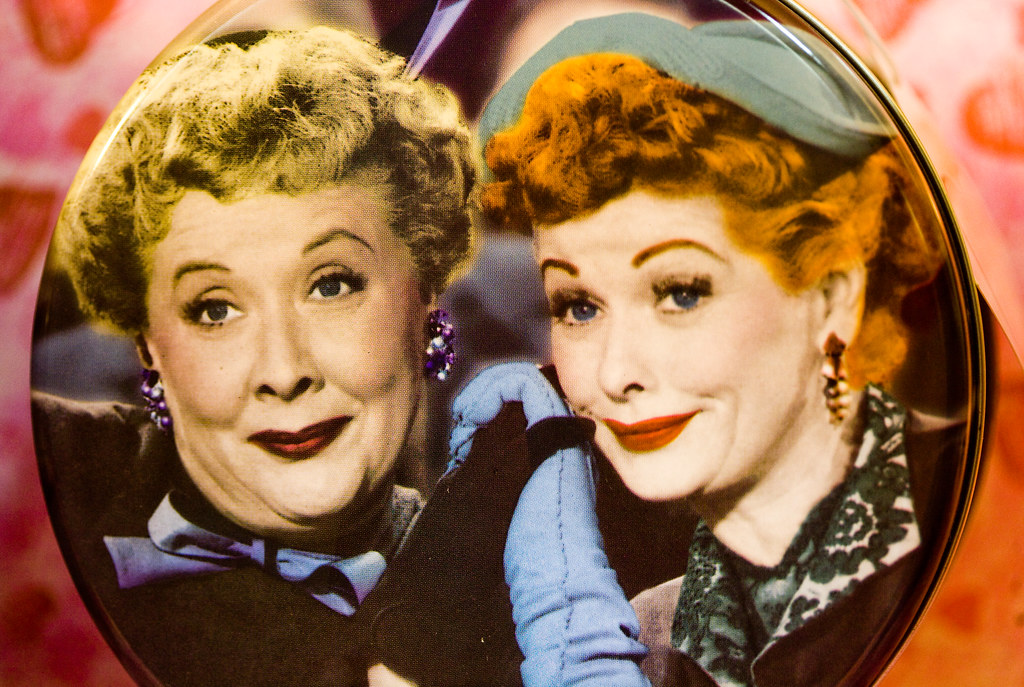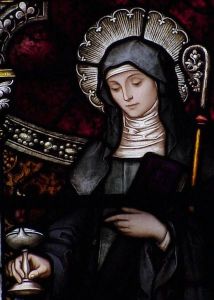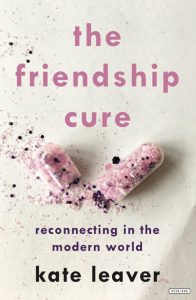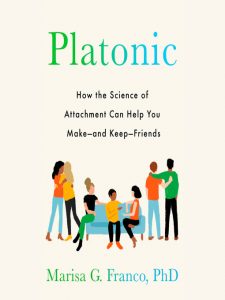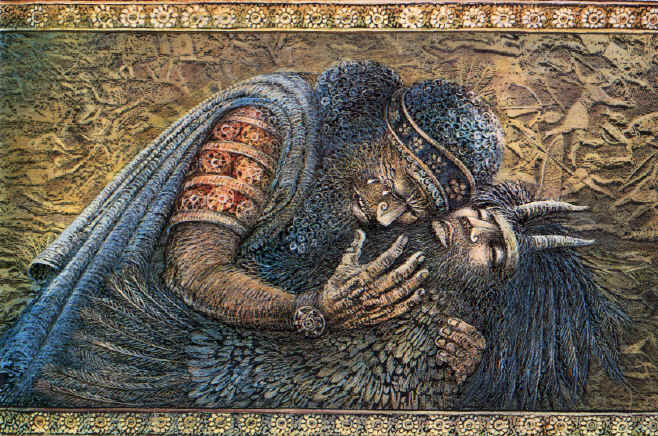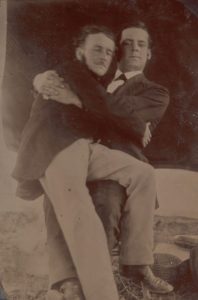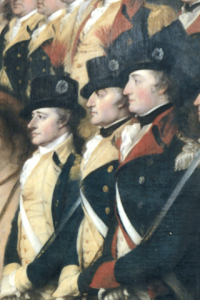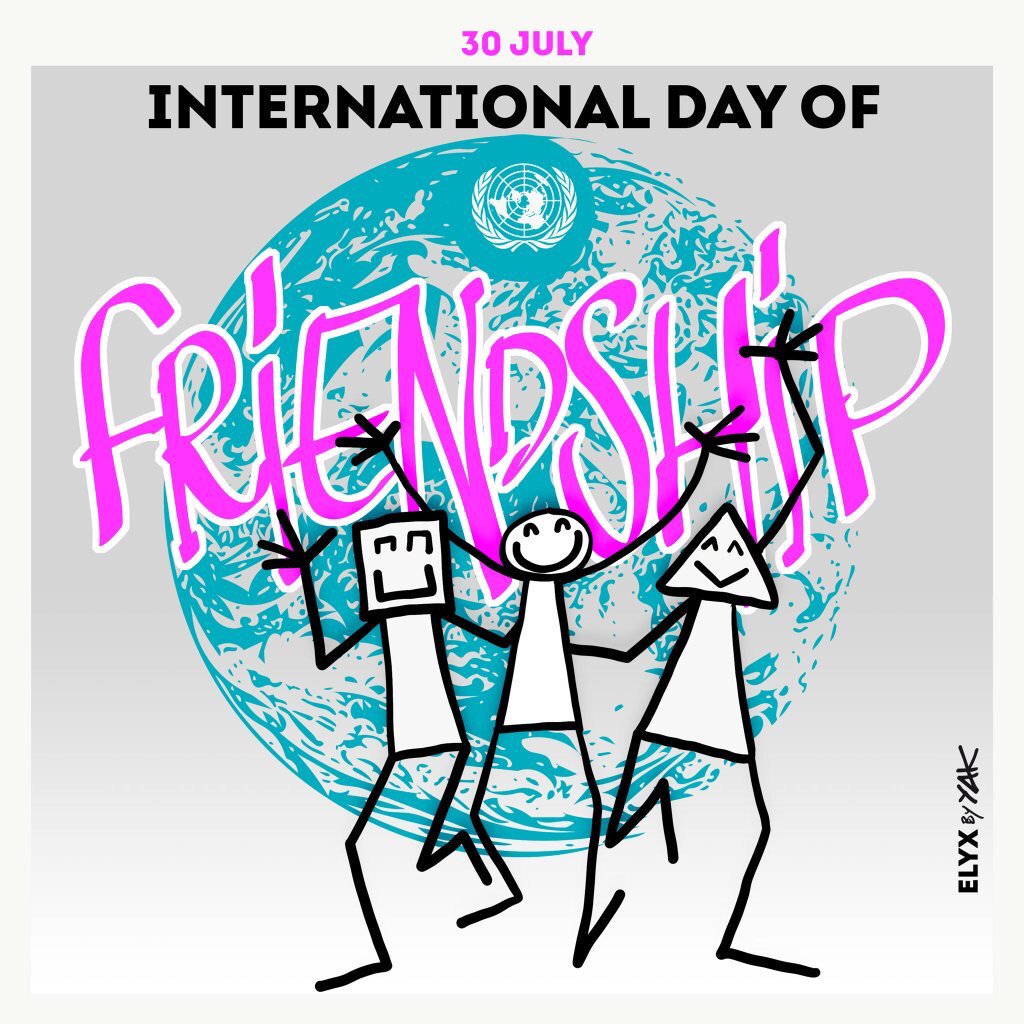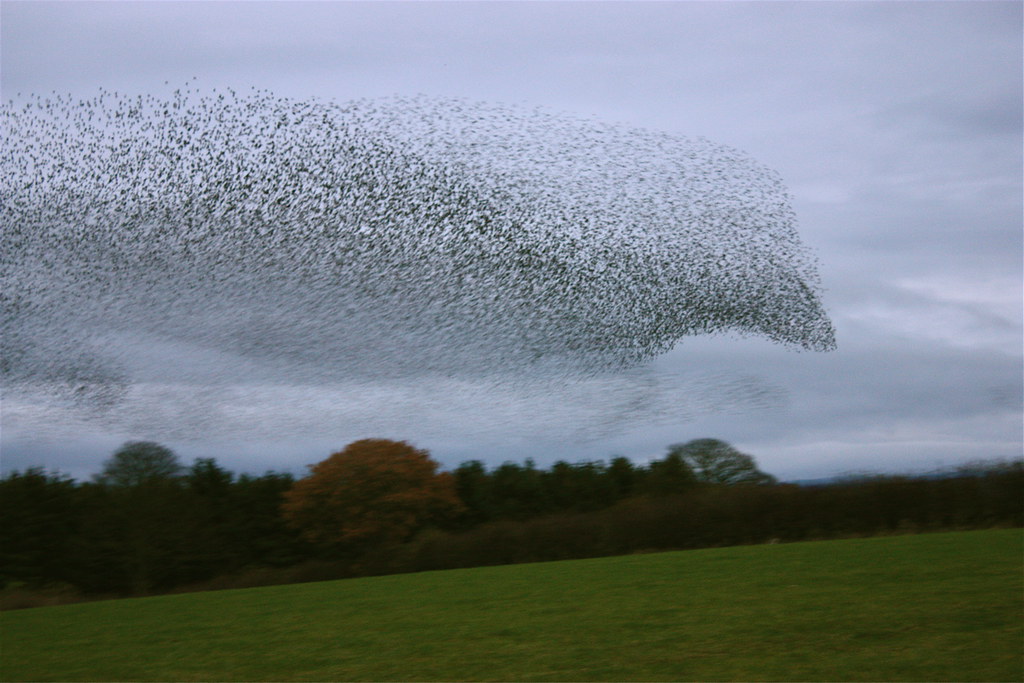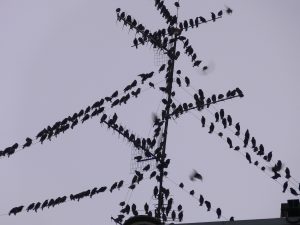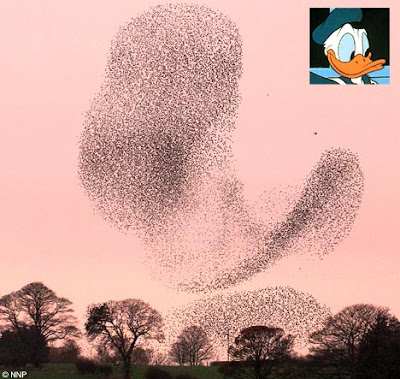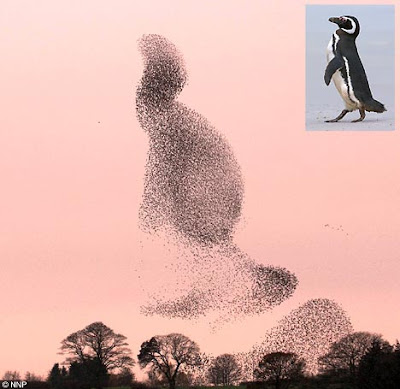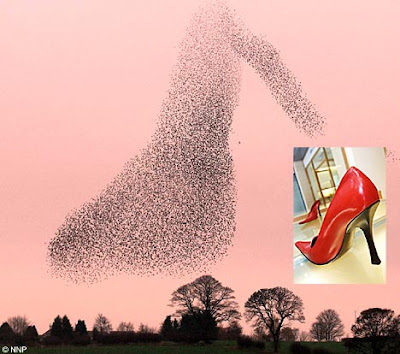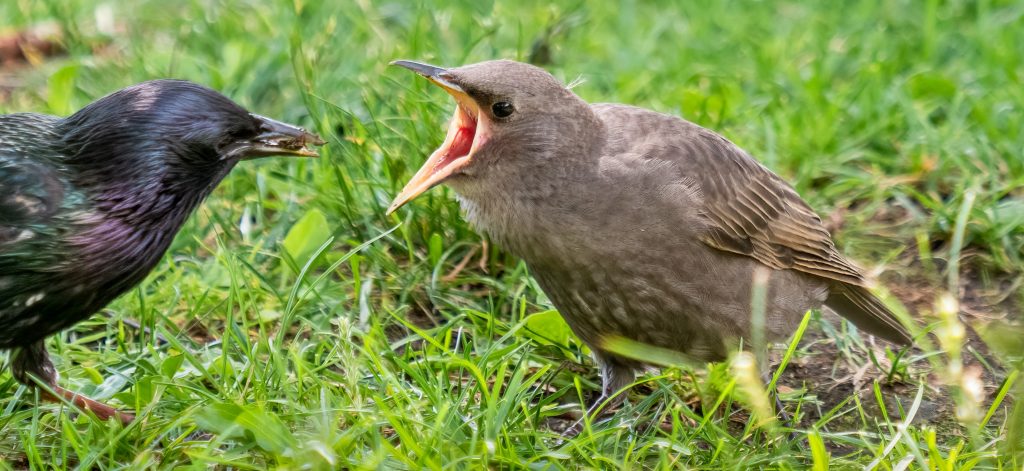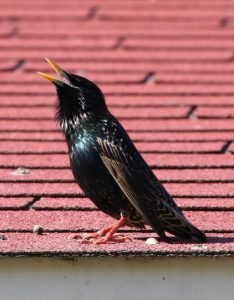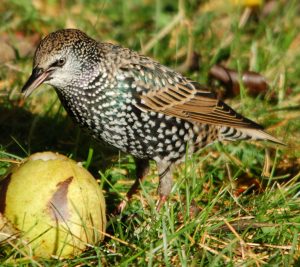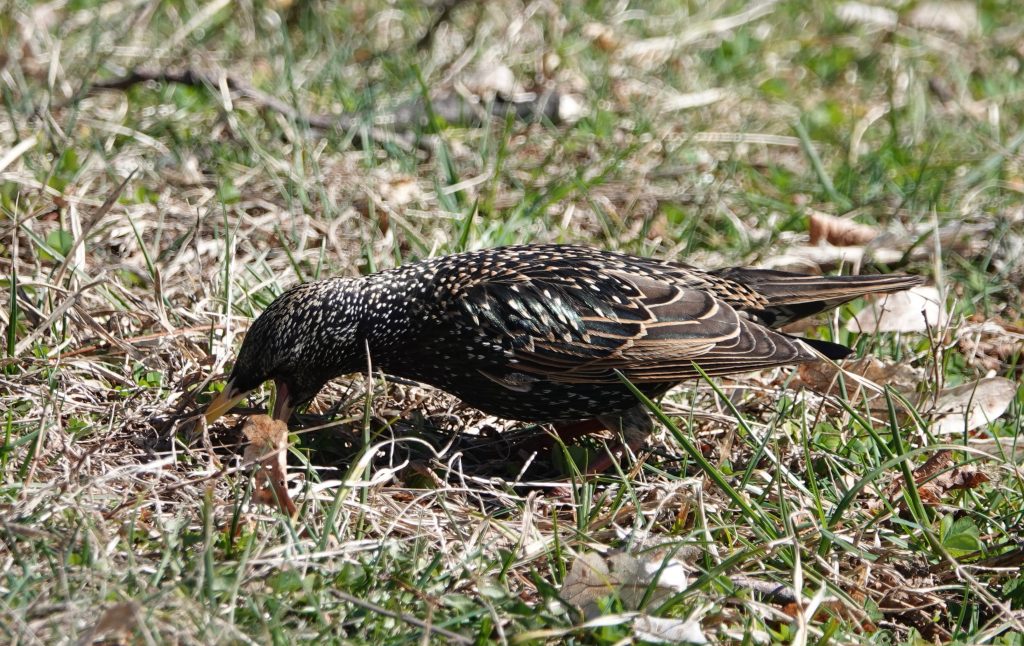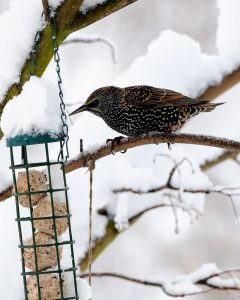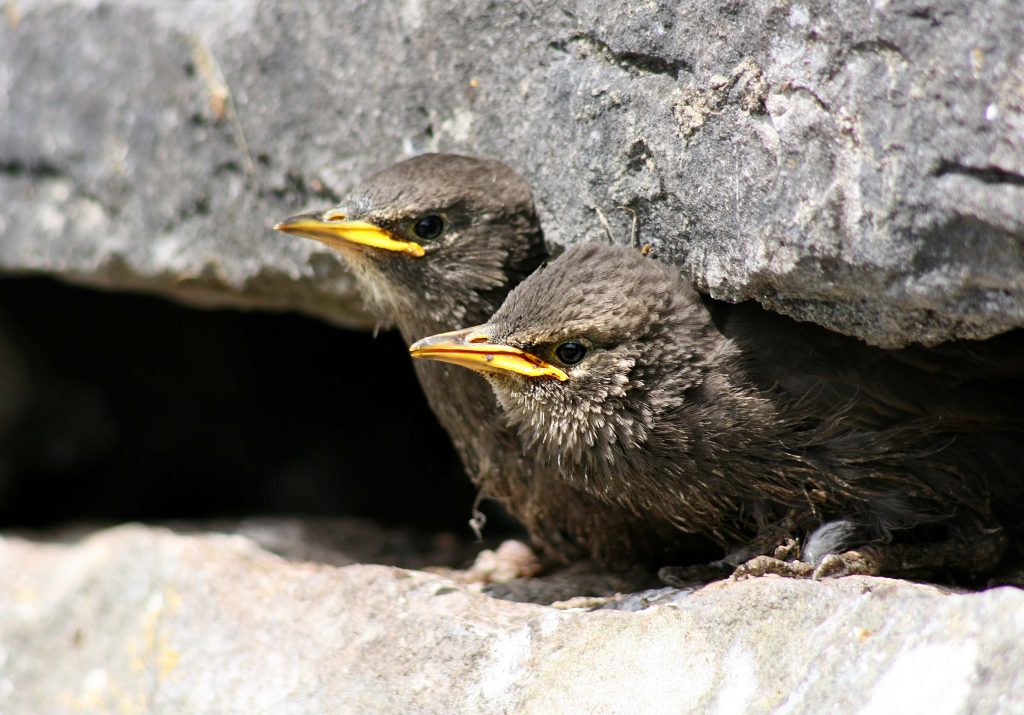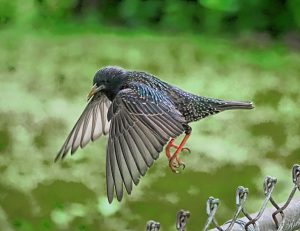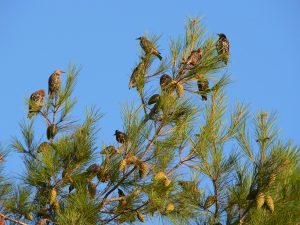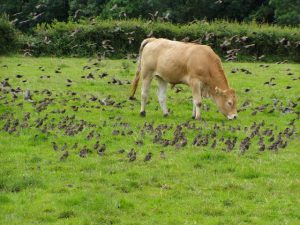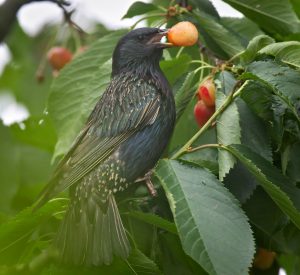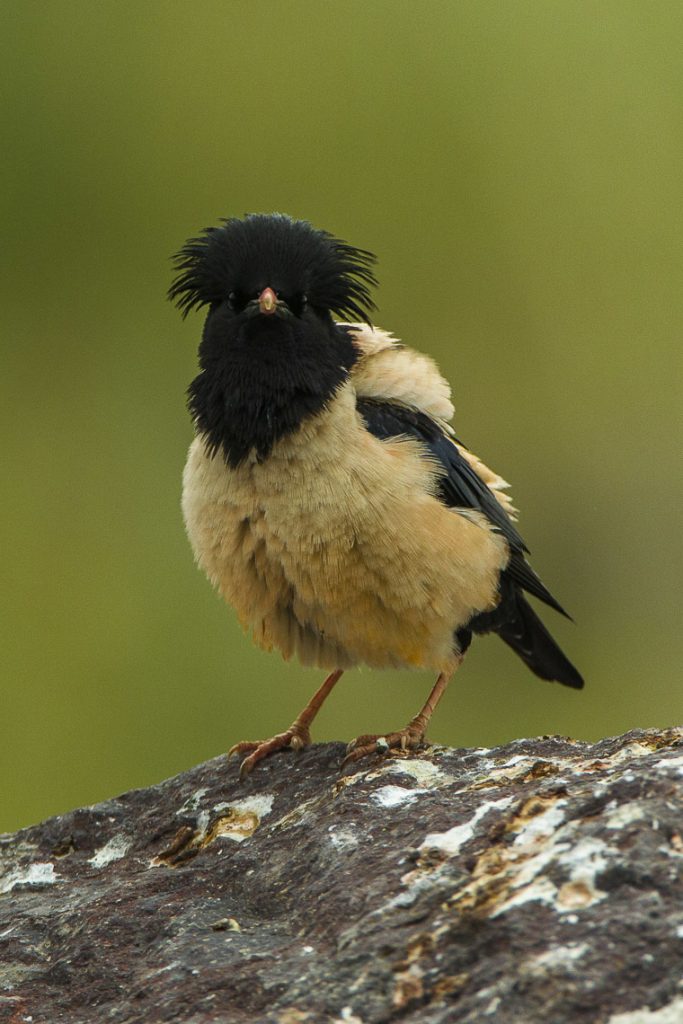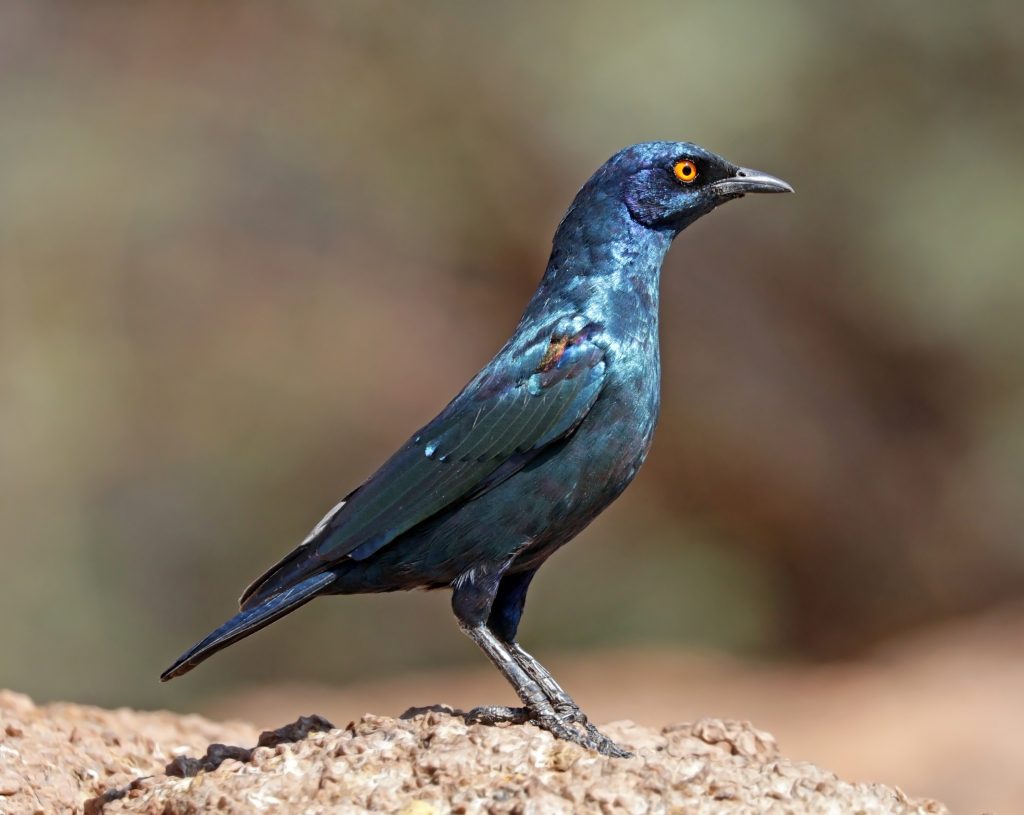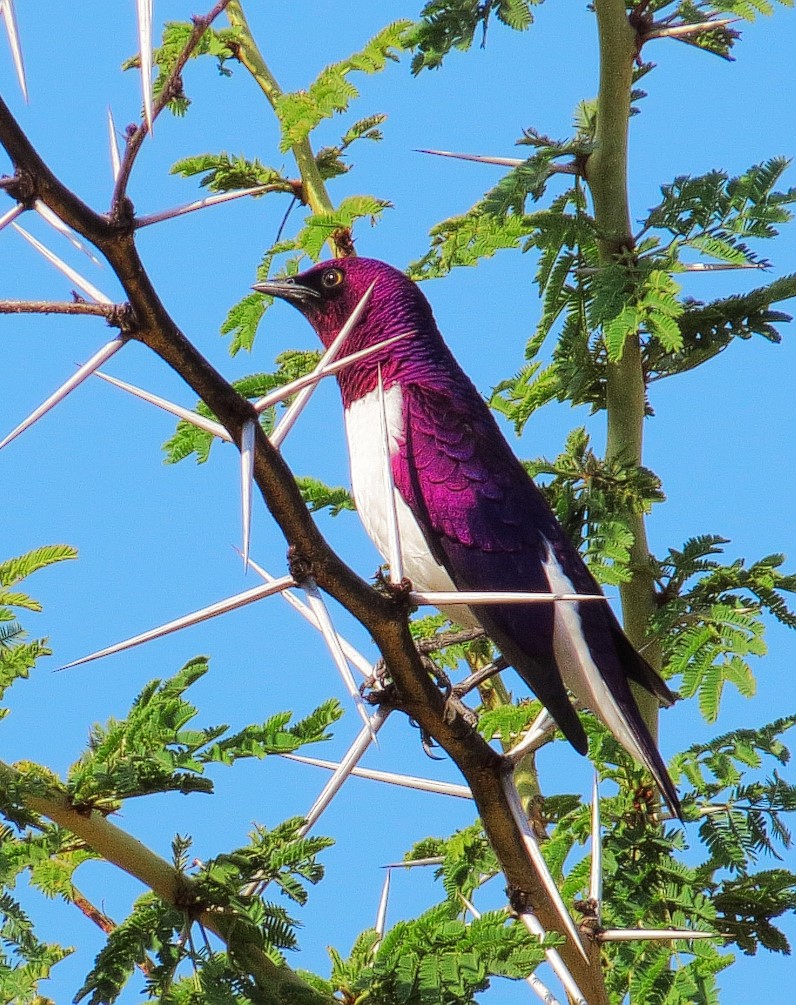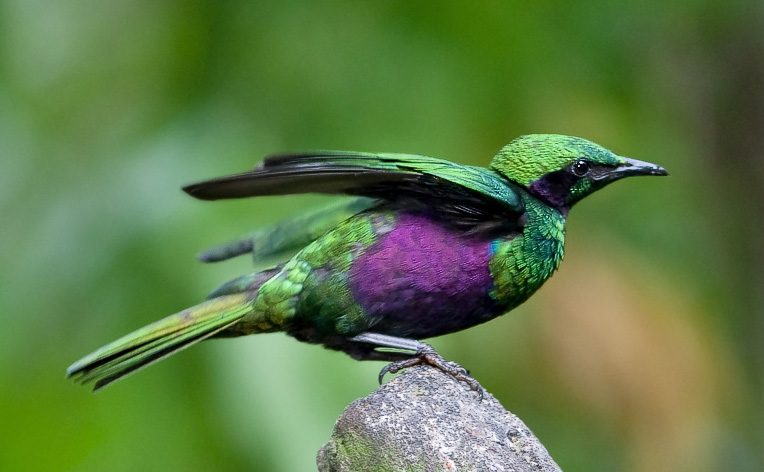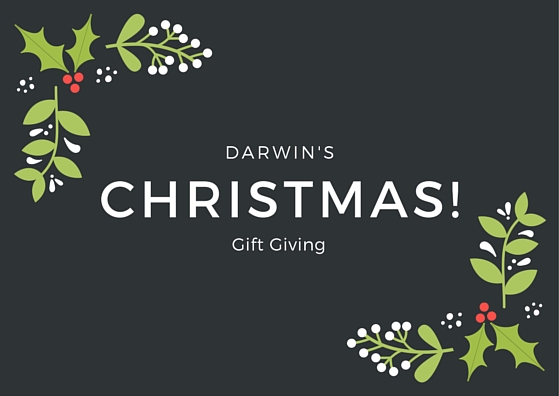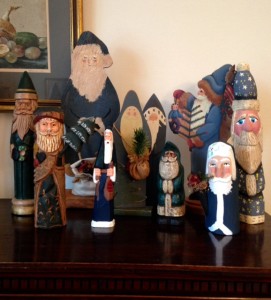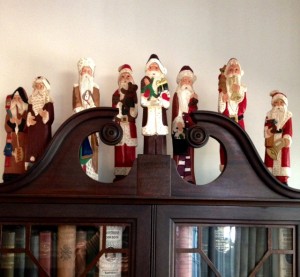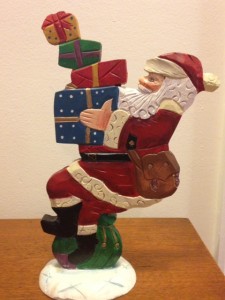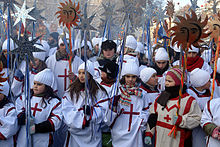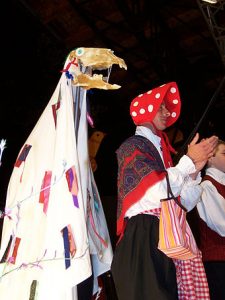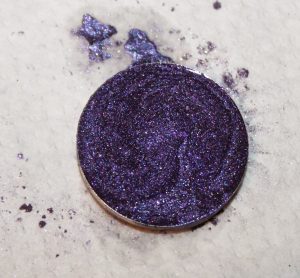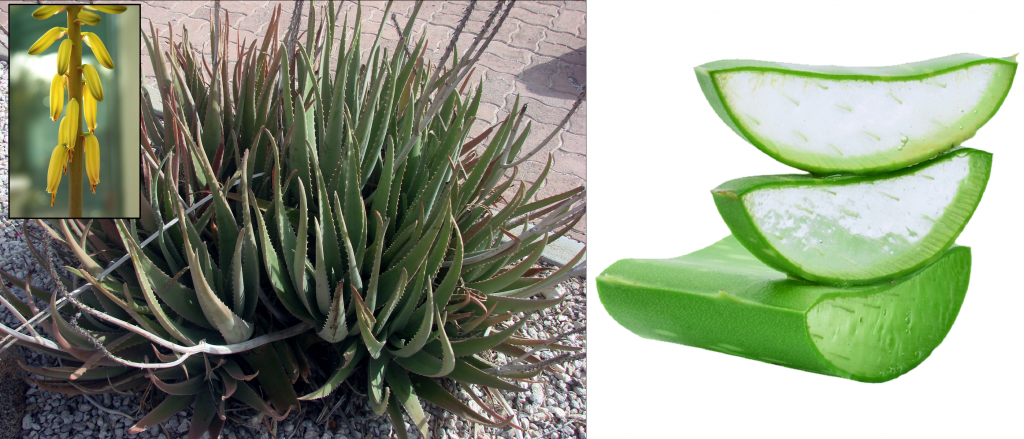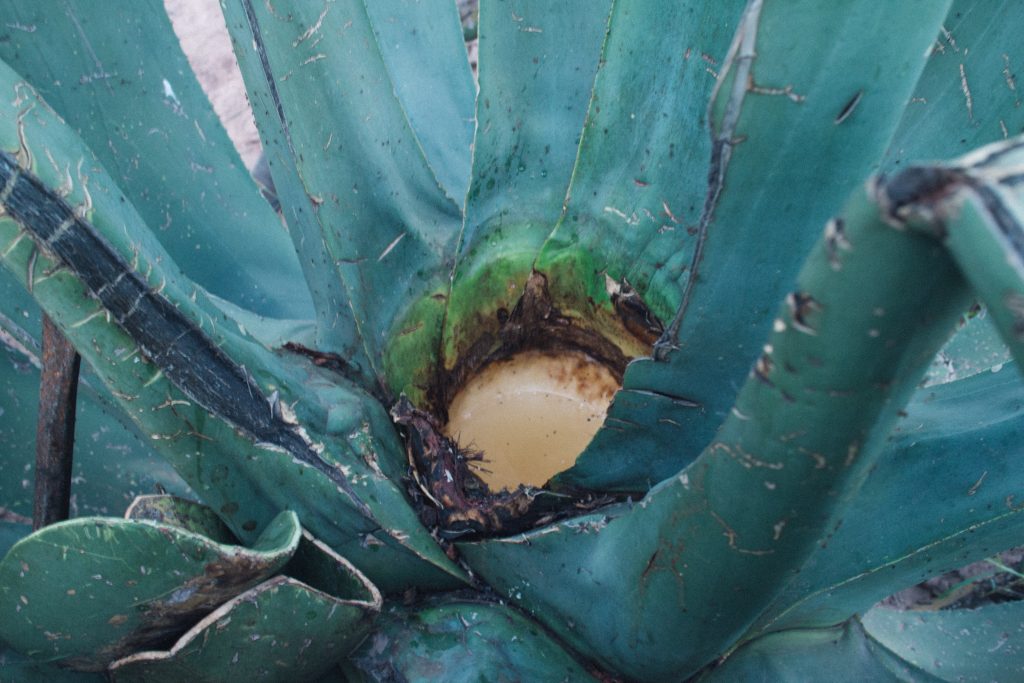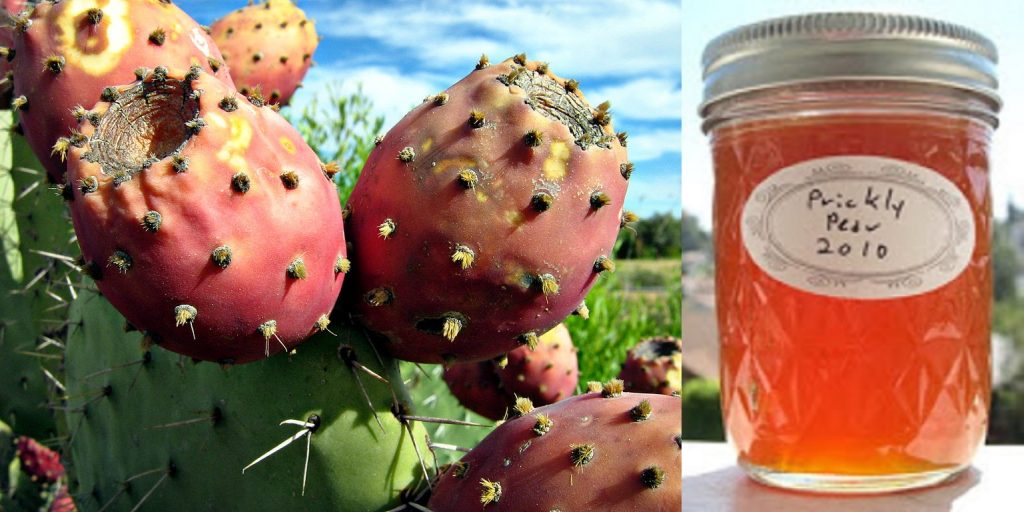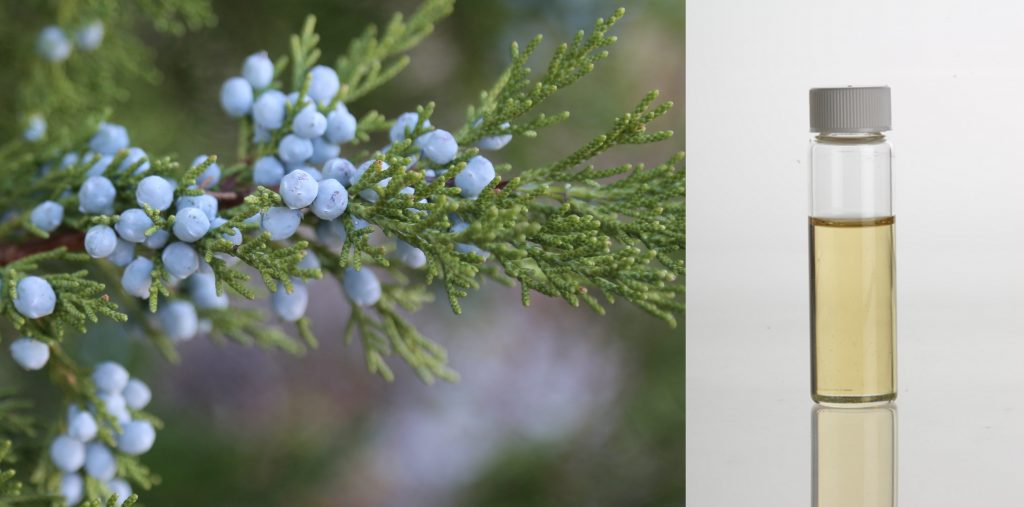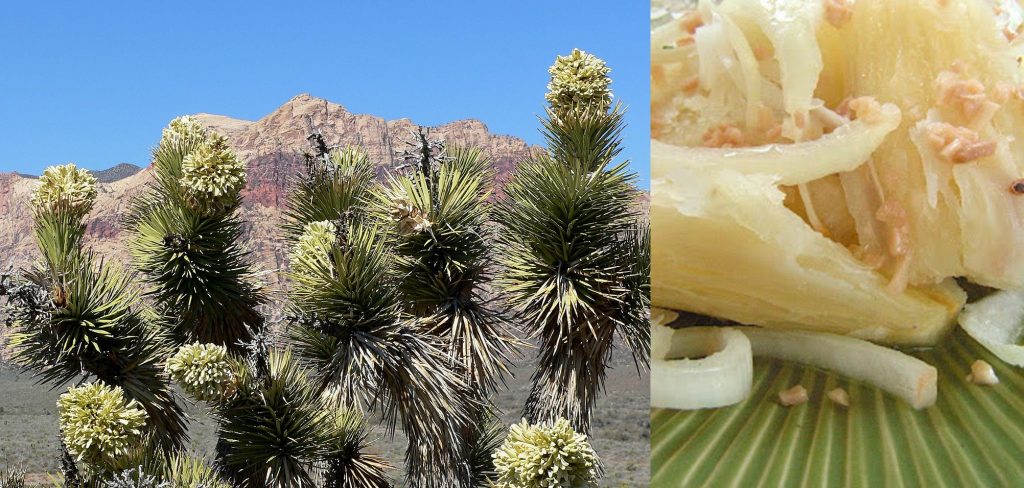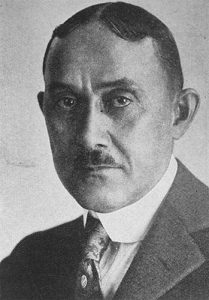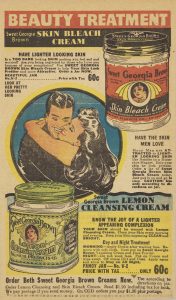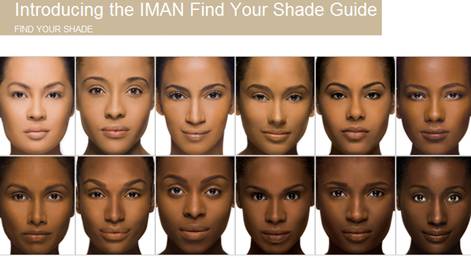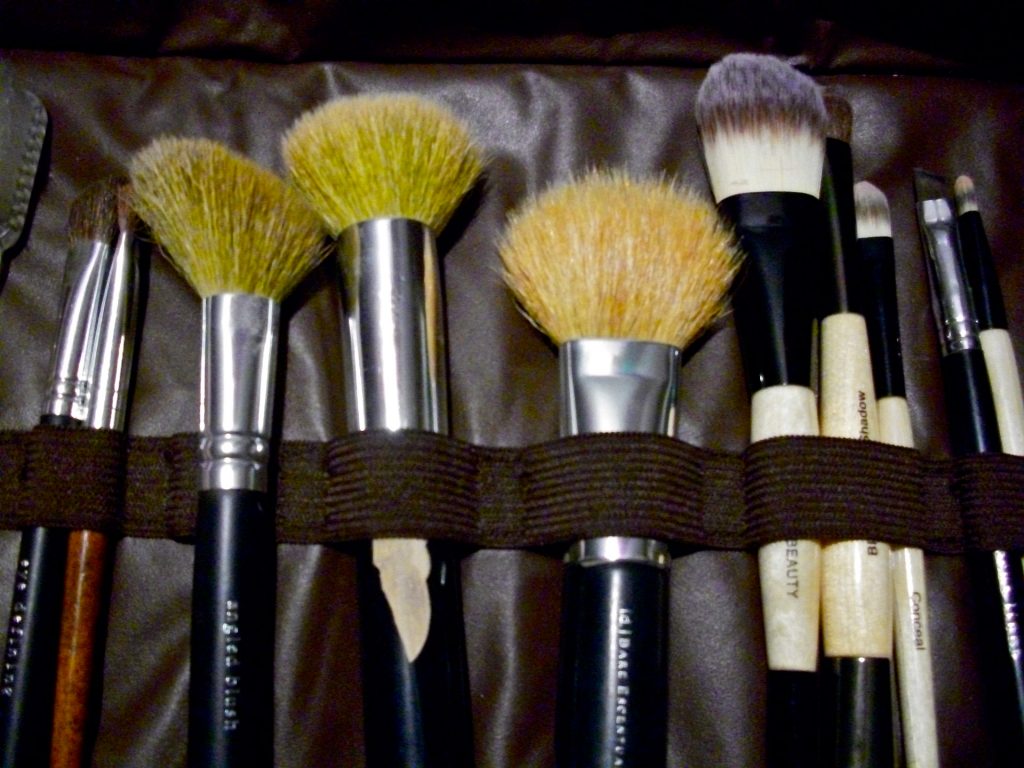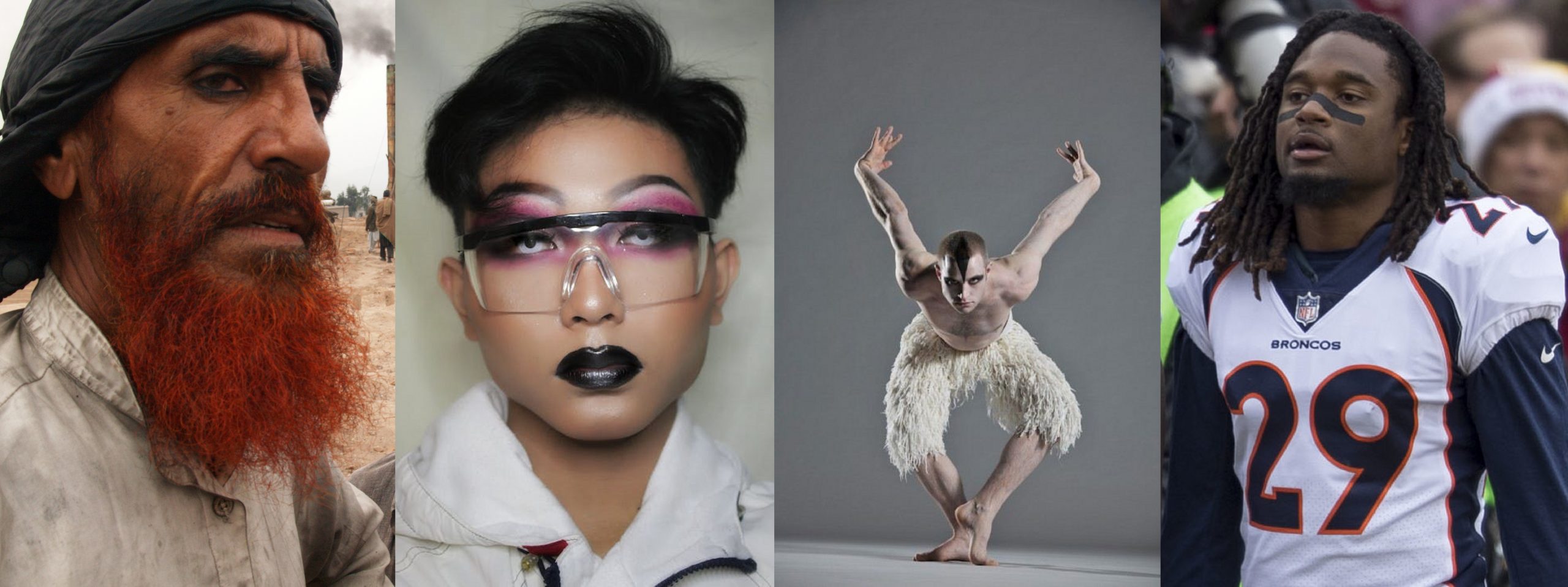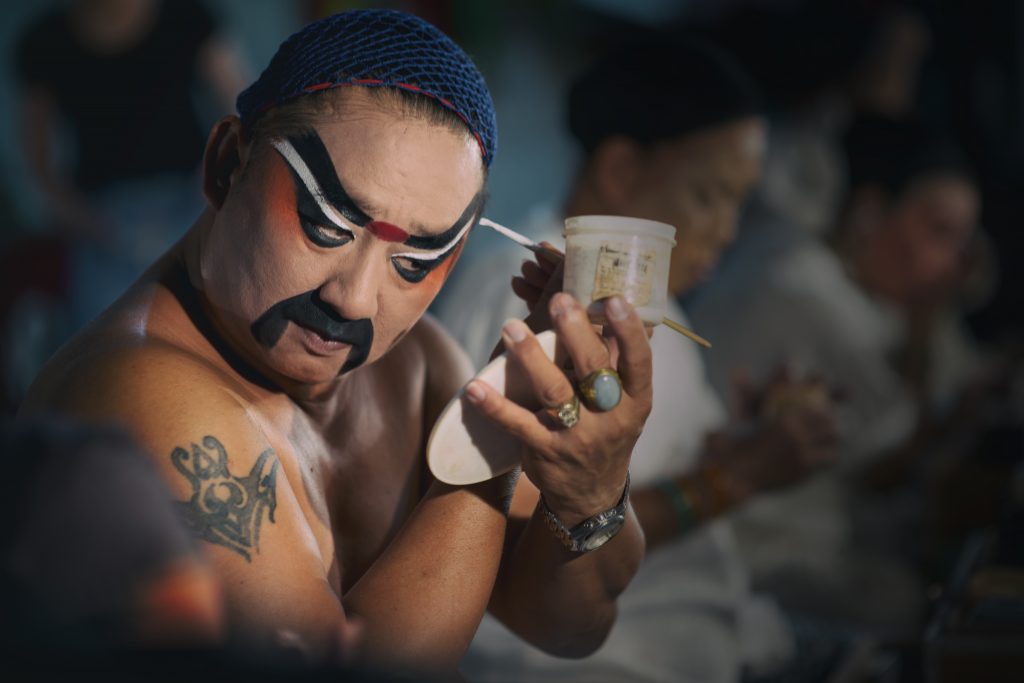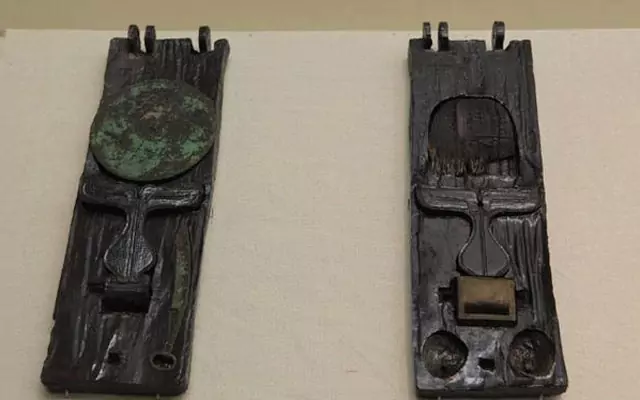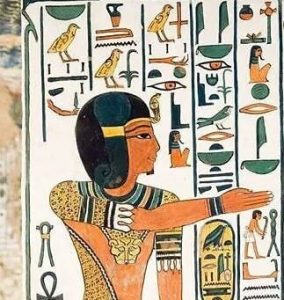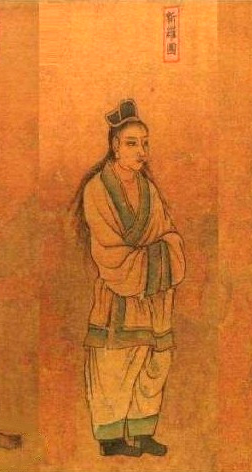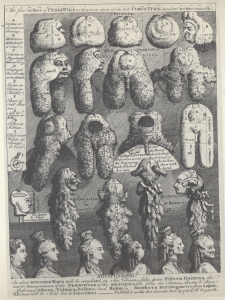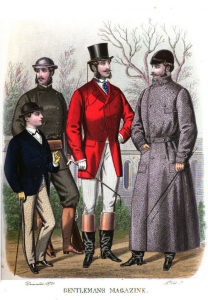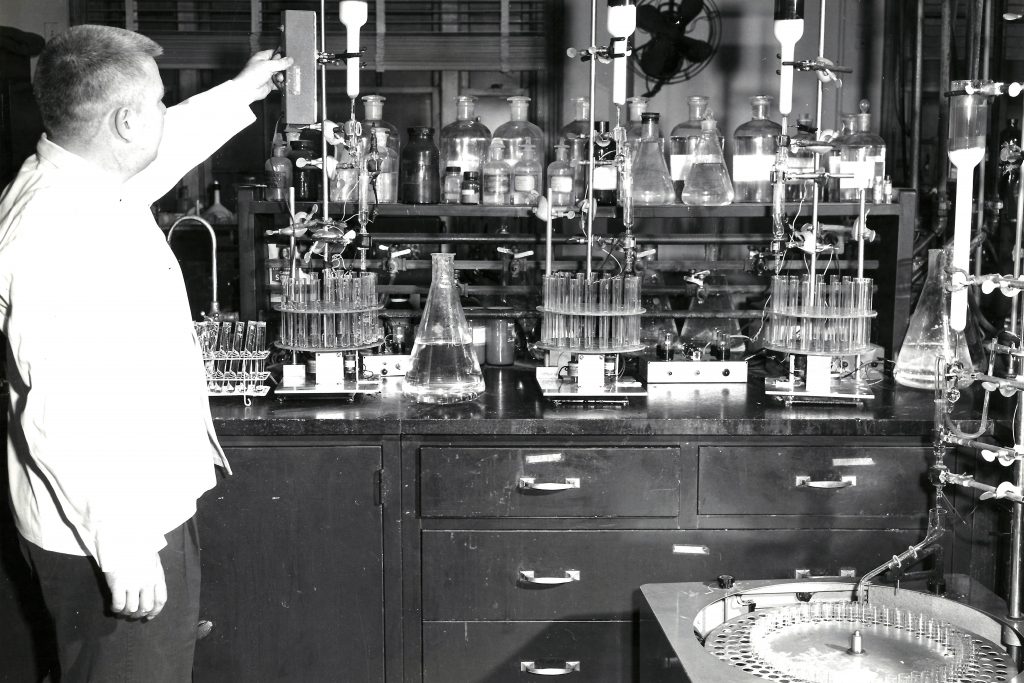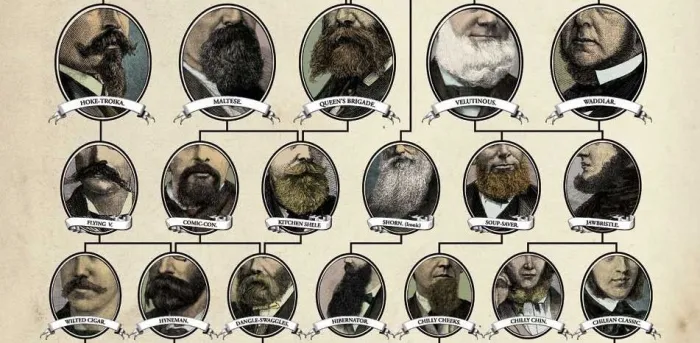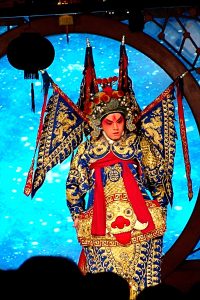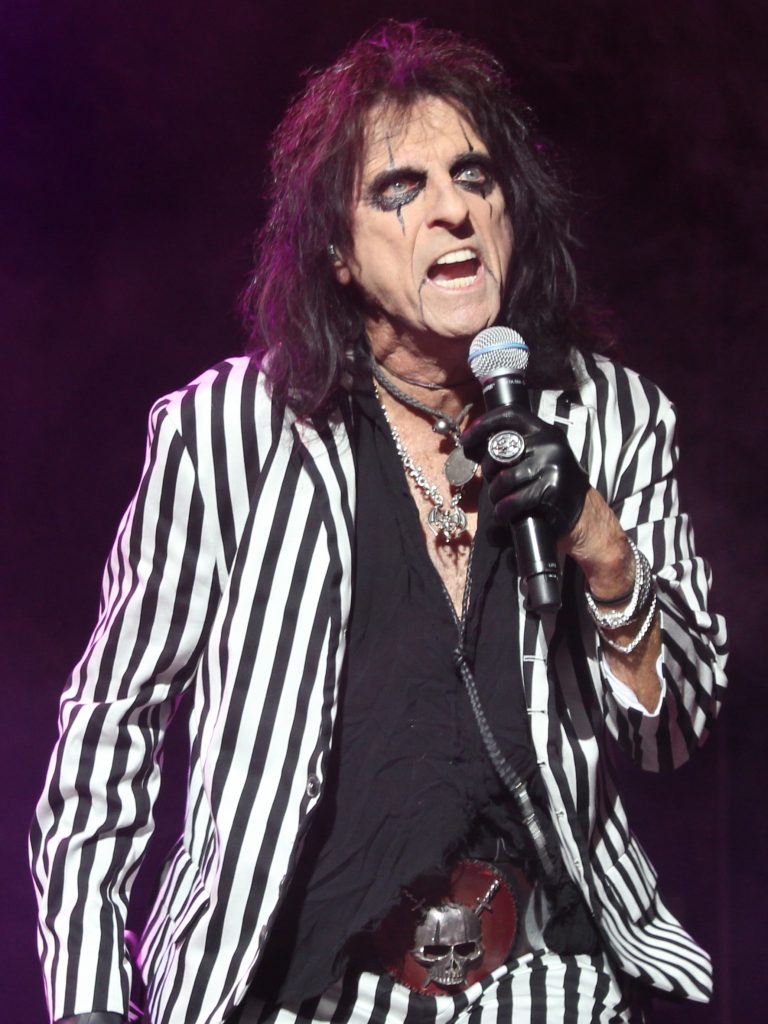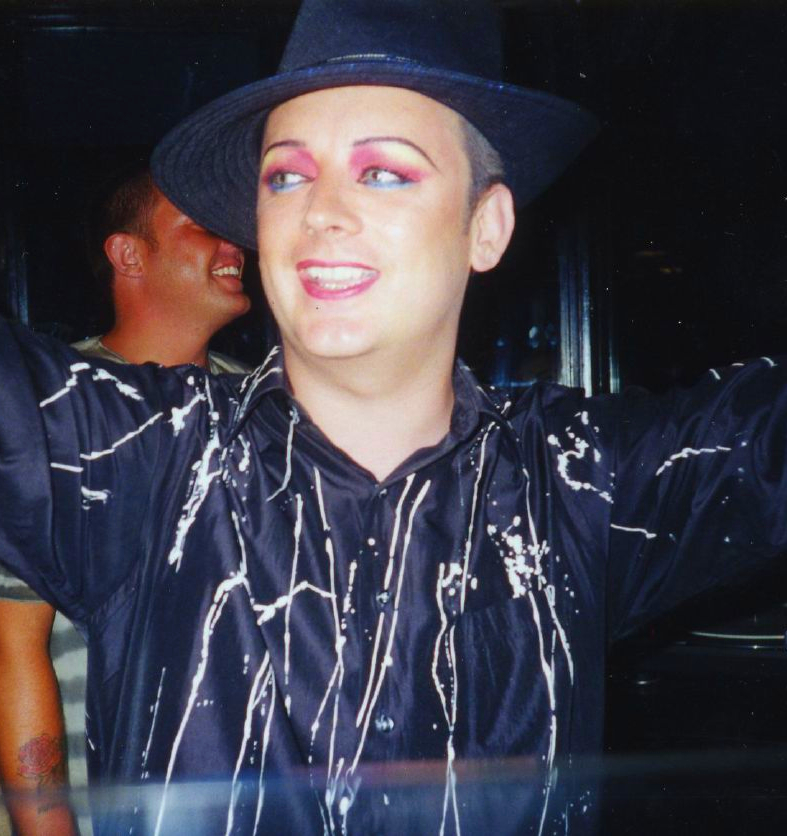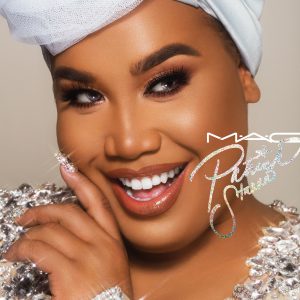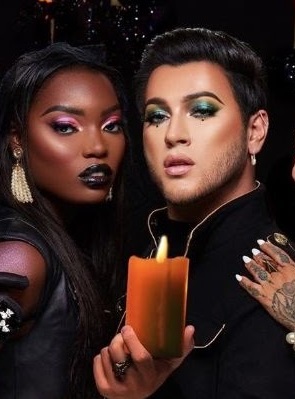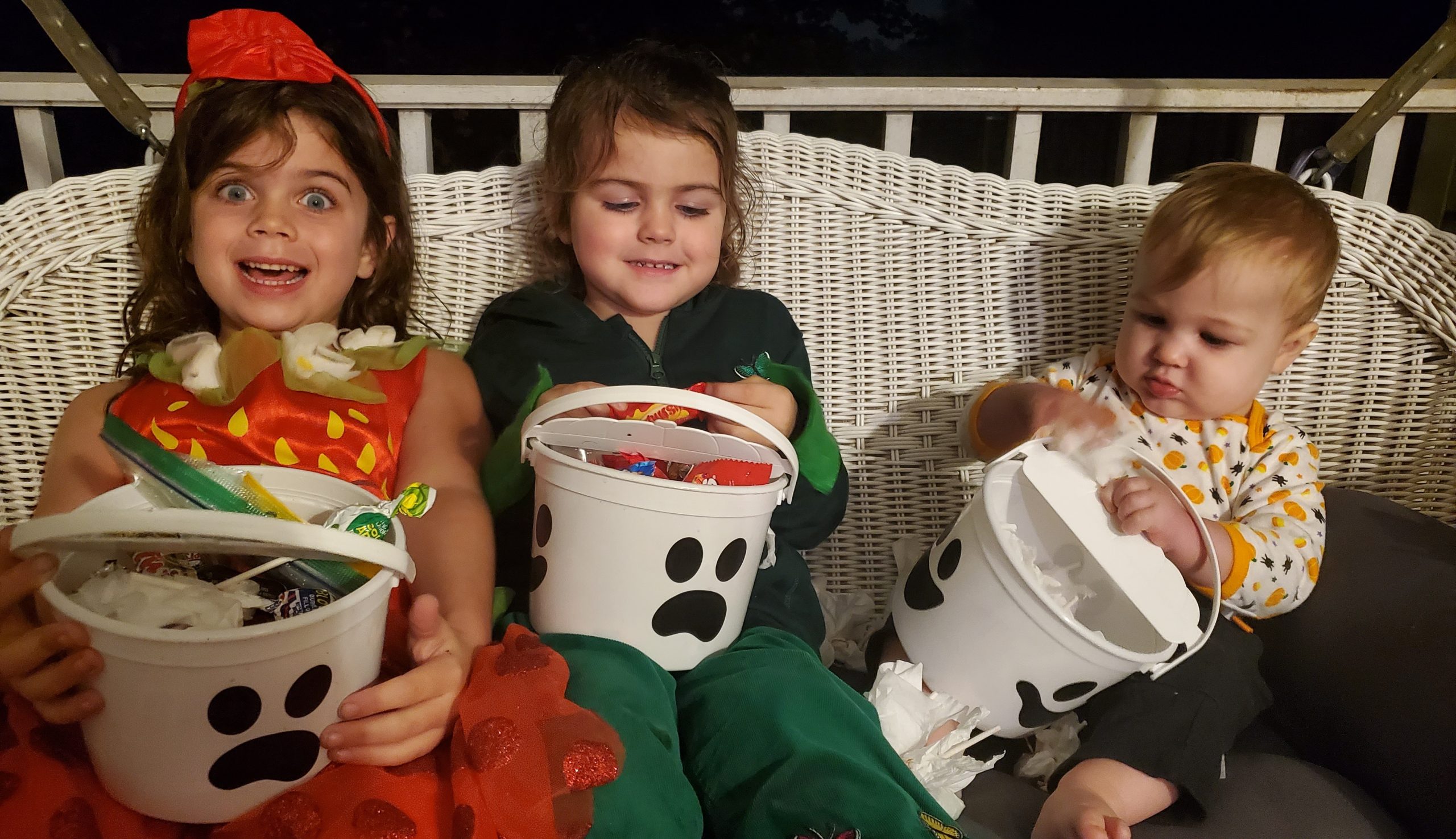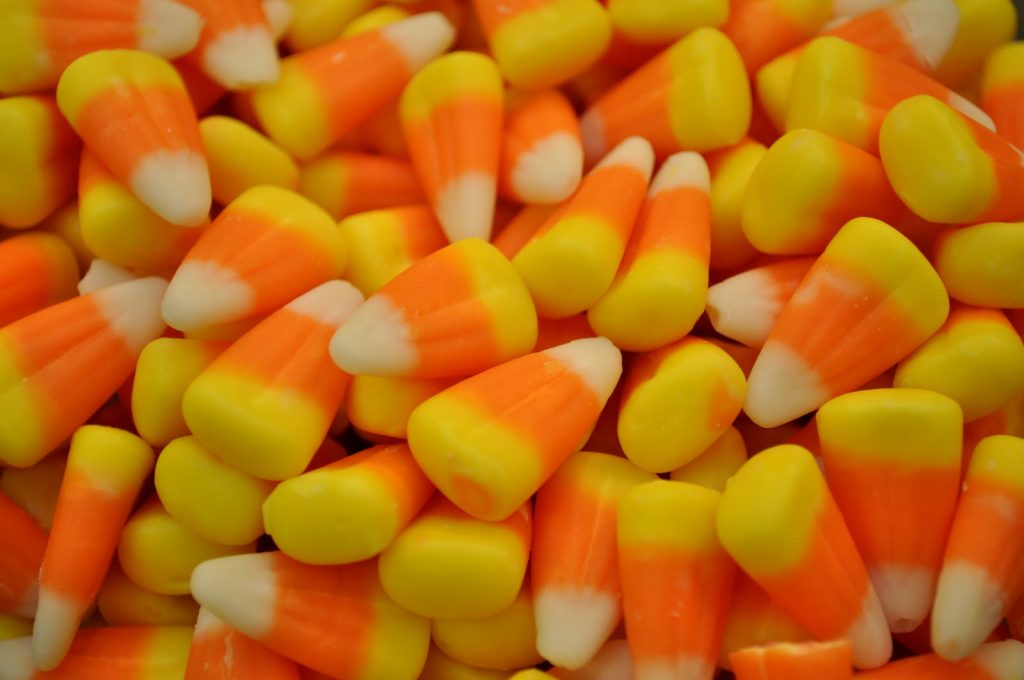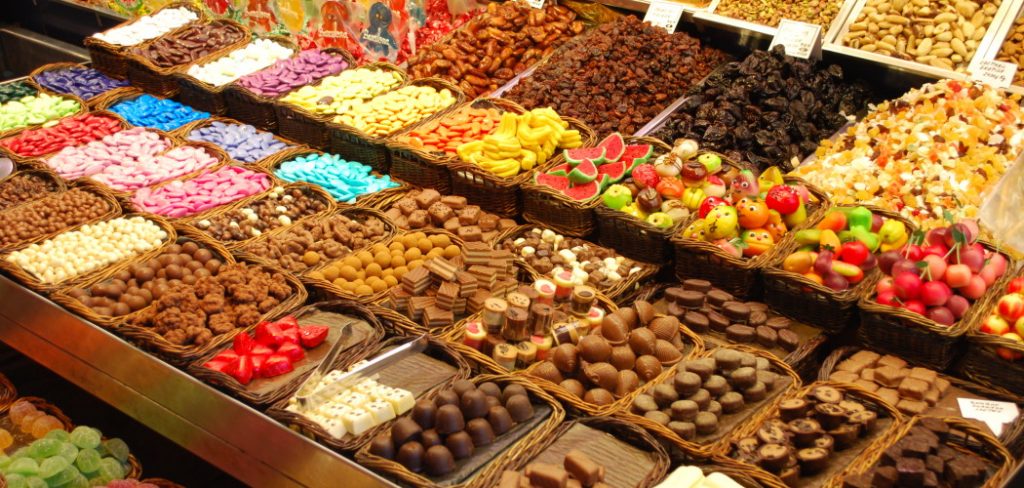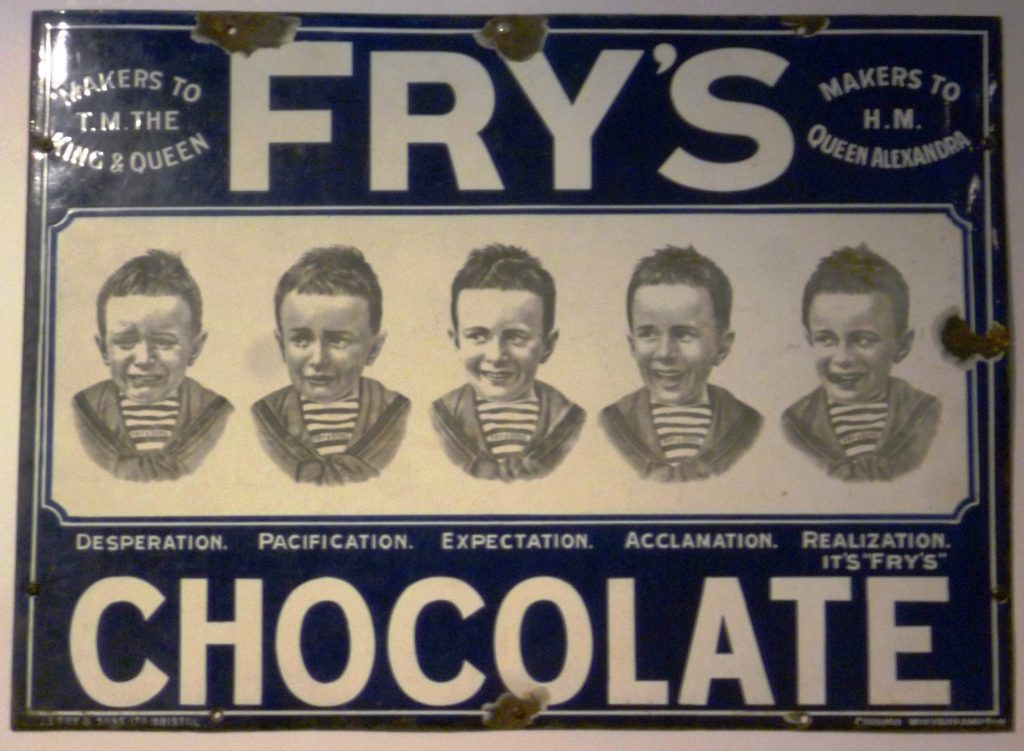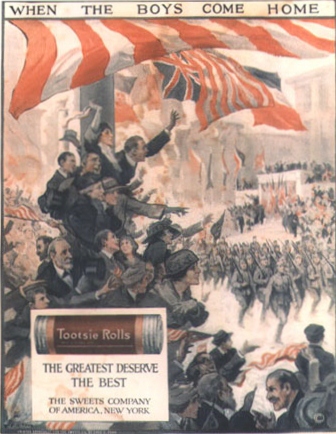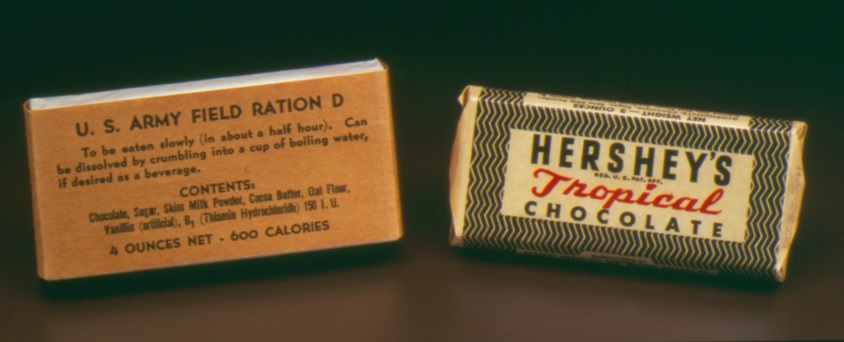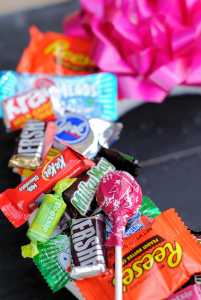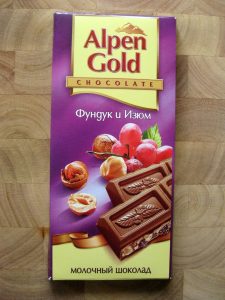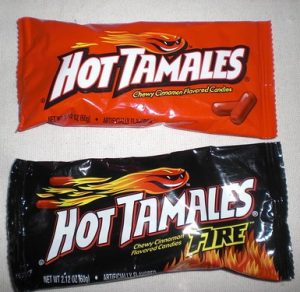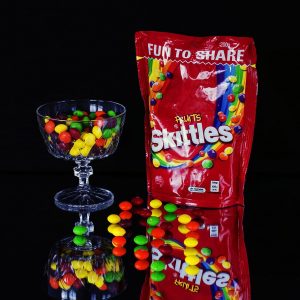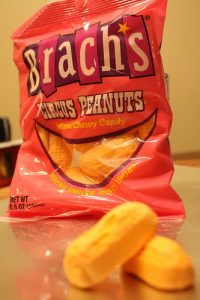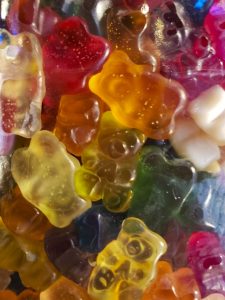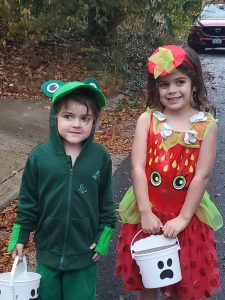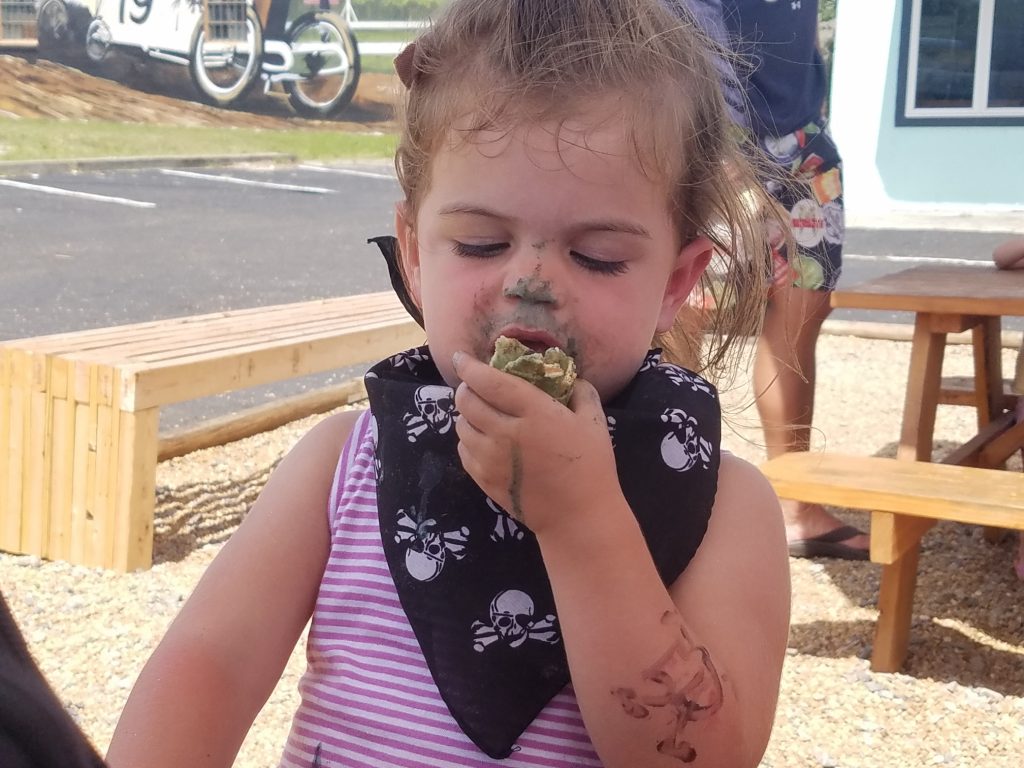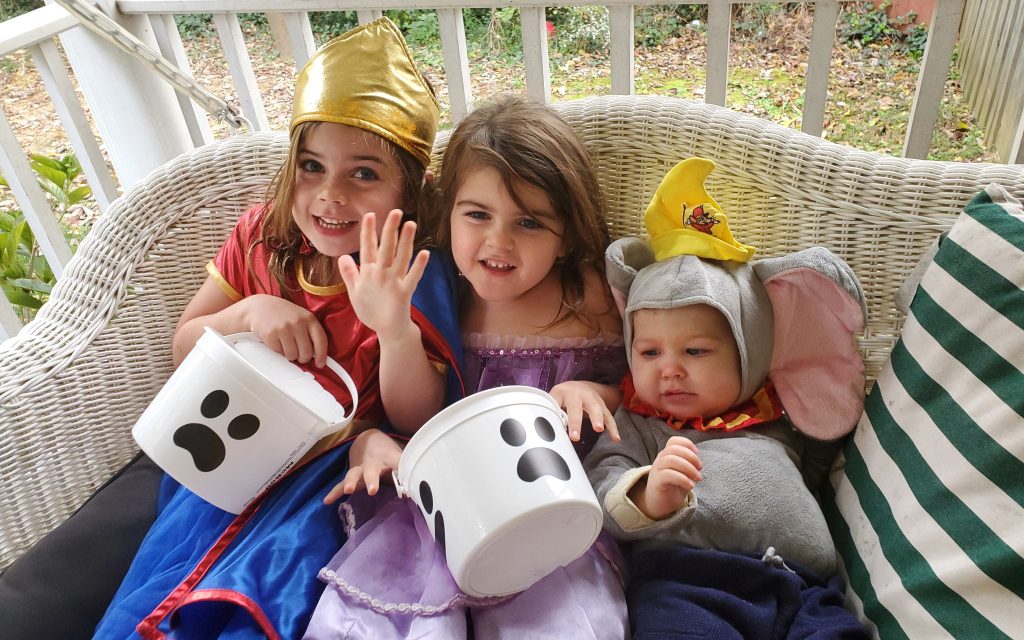A marriage annulment is a legal ruling that deems a marriage null and void — as if it never happened in the first place. Annulments effectively erase the marriage.
There are two main ways to formally end a marriage: annulment and divorce. An annulment declares that a marriage was never valid, while a divorce legally concludes a valid marriage. A divorce is more common and easier to attain. Annulment requires specific circumstances and evidence.
Most people are fairly familiar with divorce, personally or observationally, so this blog focuses on annulment, both civil and religious.
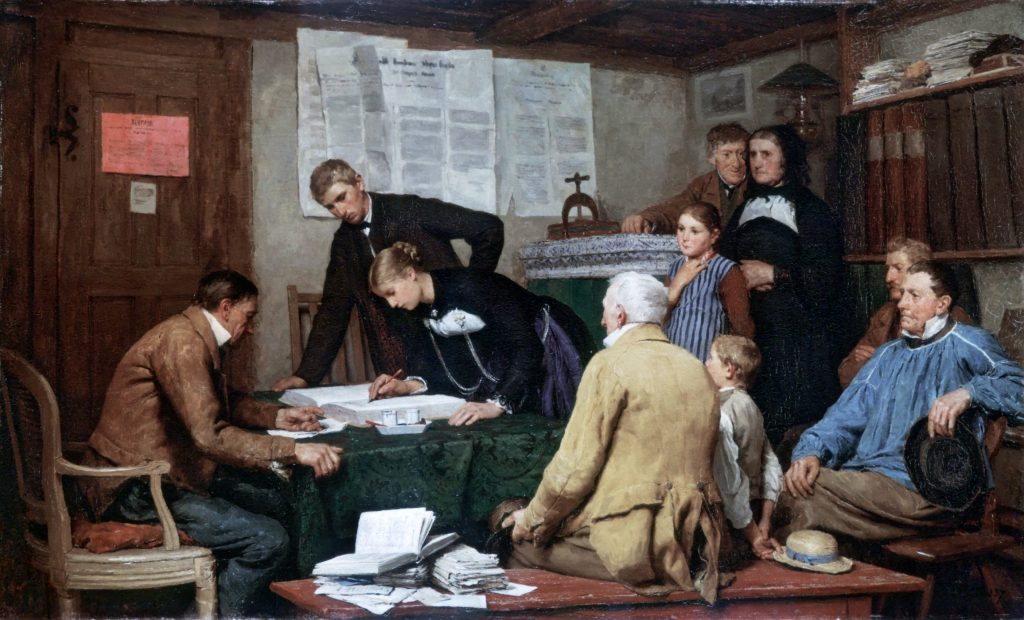
Albrecht Samuel Anker
Civil Annulment
Because an annulled marriage was never considered legally valid, any prenuptial agreements are also invalid. Plus, neither partner has a right to the other’s personal property or finances the way they would in the case of a divorce.
Getting the courts to grant an annulment can be difficult. At least one party must believe the marriage shouldn’t have happened, and they have to provide grounds to a judge in order to have it annulled. To qualify for an annulment of marriage, you must meet certain circumstances. The following situations typically qualify:
- False pretenses: One or both parties were tricked into getting married.
- Mental incompetence: One or both parties weren’t legally able to make the decision to get married because of a mental disability or being under the influence of drugs and/or alcohol.
- Underage marriage: One or both parties were under the legal age of consent (typically 18) at the time of the marriage.
- Concealment: One or both parties failed to disclose important details about themselves and their lives prior to the marriage, like having a child, criminal conviction, or serious illness.
- Failure to consummate the marriage: One or both parties are unable to be physically intimate in the marriage.
- Concealed Infertility: One spouse might be physically incapable of having children, and that spouse might have lied about it to the other spouse. This would involve both fraud and lack of consummation.
- Consanguinity: Incest is defined as a relationship between two blood relatives who would be banned from legal marriage in their state. This typically means more closely related than first cousins.
- Bigamy happens when one person is already married at the time of marrying someone else.
- Underage without parental consent: Lack of consent can happen when one spouse is too young to consent on his or her own behalf, and the other spouse did not get proper consent from the parents of the underage spouse.
- Unsound mind: You may be able to show unsound mind if you or your spouse was under the influence of alcohol or drugs at the time of your marriage. If you were prevented by intoxication or by a mental disorder from understanding what you were doing, you may be able to get an annulment.
- Finally, a marriage can be annulled if one spouse threatened, blackmailed, or coerced the other spouse into marriage.
In an annulment where there are children, it’s as if the parents were never married. That means both parents can individually seek custody or work out an agreement for shared custody, much like they would if the child had been born to unmarried parents in the first place.
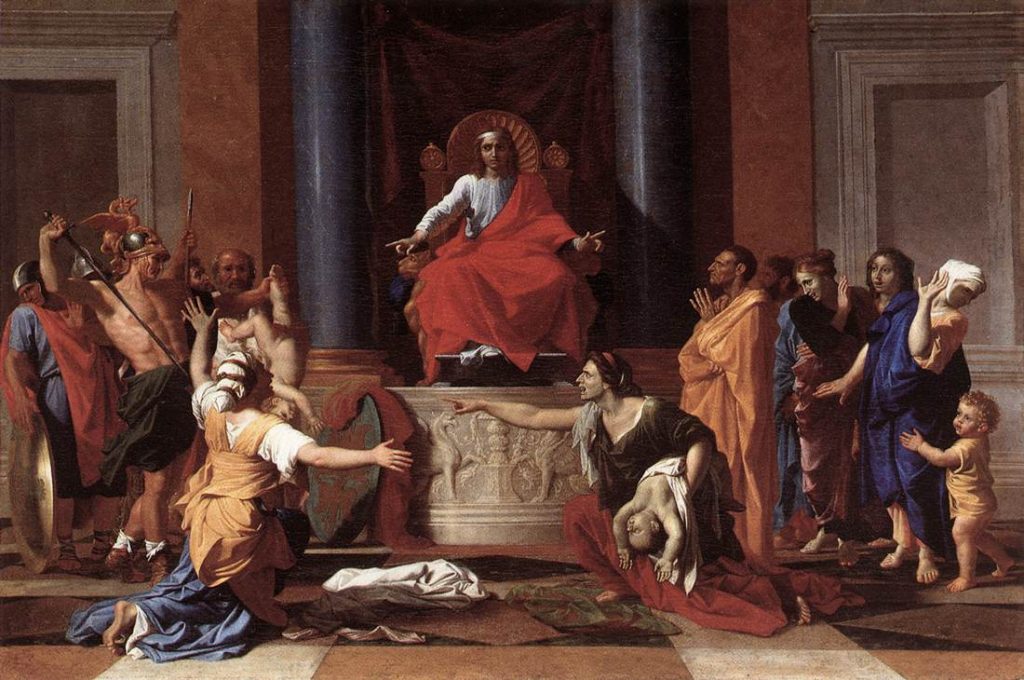
Nicolas Poussin
States’ Rights
Just as the requirements for marriage and divorce vary by state, so do some aspects of annulment. Someone interested in an annulment—whether for personal, family, or literary reasons—should investigate requirements of the relevant state.
Sometimes there are time limits on filing for an annulment. According to the Nathan Law Offices, in general, you have four years from the date of the marriage to file for an annulment. However, there are exceptions depending on the reason for the annulment.
And the time limit varies by state. For example, in Michigan, Virginia, and Ohio—and many others—the marriage may be annulled if a case is brought to court within two years of the marriage date.
However, there is no time frame to get an annulment in New York City. You can ask the Court for an annulment whether you have been married for 2 years or for 25 years as long as some of the grounds for annulment are met. Ditto Georgia, and several other states.
In Oklahoma a marriage that takes place before the expiration of six months from the date either spouse was divorced is a voidable marriage. In order to annul such a remarriage, an annulment action must be brought within the six-month period.
In North Carolina, the marriage can be annulled if it was performed under the representation that one of the parties was pregnant, but the couple separates within 45 days of their marriage and no child is born within the 10 months following the separation. Many states allow annulment on a much greater number of fraud-related grounds, but in North Carolina this is the only fraudulent ground available for an annulment.
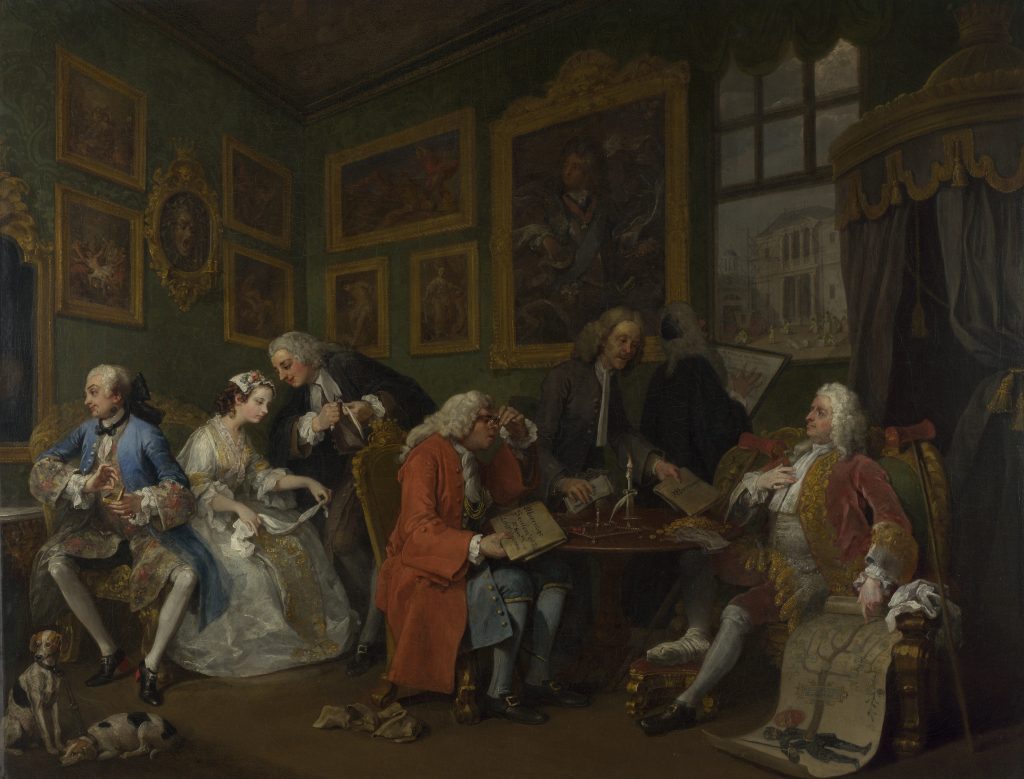
William Hogarth
RELIGIOUS ANNULMENT
This is a totally separate action. People who don’t qualify for a civil annulment may still be able to obtain a religious annulment, but this will have no effect on legal responsibilities as spouses. This process is not a part of the court system but, rather, a part of the church or institution to which the person(s) belong. However, it serves a similar purpose in that a religious annulment of a marriage typically decrees that the marriage was invalid from the beginning.
In religious annulment, the Church recognizes that a valid marriage never existed under the laws of the Church. Although some other religious institutions provide annulments, the Catholic Church is by far the most commonly used. For simplicity’s sake, I’ll stick with Catholic annulments here.
In 2015, Pope Francis issued a motu proprio, which is essentially an amendment to existing Catholic canon. These two documents, the Mitis Iudex Dominus Iesus and Mitis et Misericors Iesus (one for the Western Catholic Church and one for the Eastern Catholic Church), make the process of obtaining an annulment more efficient.
Without an annulment, a Catholic cannot remarry, even if they divorce. A divorced Catholic who remarries without obtaining an annulment cannot receive any other sacraments.
The short of it is that to obtain a Church annulment, the person seeking the annulment must satisfy the Church that one or more of the requirements for a valid marriage was missing or abridged. The long of it is—well—long. (These are quoted directly from the Vatican library of canon law online.)
- Insufficient use of reason (Canon 1095, 10): You or your spouse did not know what was happening during the marriage ceremony because of insanity, mental illness, or a lack of consciousness.
- Grave lack of discretionary judgment concerning essential matrimonial rights and duties (Canon 1095, 20): You or your spouse was affected by some serious circumstances or factors that made you unable to judge or evaluate either the decision to marry or the ability to create a true marital relationship.
- Psychic-natured incapacity to assume marital obligations (Canon 1095, 30): You or your spouse, at the time of consent, was unable to fulfill the obligations of marriage because of a serious psychological disorder or other condition.
- Ignorance about the nature of marriage (Canon 1096, sec. 1): You or your spouse did not know that marriage is a permanent relationship between a man and a woman ordered toward the procreation of offspring by means of some sexual cooperation.
- Error of person (Canon 1097, sec. 1): You or your spouse intended to marry a specific individual who was not the individual with whom marriage was celebrated. (For example, mail order brides; otherwise, this rarely occurs in the United States.)
- Error about a quality of a person (Canon 1097, sec. 2): You or your spouse intended to marry someone who either possessed or did not possess a certain quality, e.g., social status, marital status, education, religious conviction, freedom from disease, or arrest record. That quality must have been directly and principally intended.
- Fraud (Canon 1098): You or your spouse was intentionally deceived about the presence or absence of a quality in the other. The reason for this deception was to obtain consent to marriage.
- Total willful exclusion of marriage (Canon 1101, sec. 2): You or your spouse did not intend to contract marriage as the law of the Catholic Church understands marriage. Rather, the ceremony was observed solely as a means of obtaining something other than marriage itself, e.g., to obtain legal status in the country or to legitimize a child.
- Willful exclusion of children (Canon 1101, sec. 2): You or your spouse married intending, either explicitly or implicitly, to deny the other’s right to sexual acts open to procreation.
- Willful exclusion of marital fidelity (Canon 1101, 12): You or your spouse married intending, either explicitly or implicitly, not to remain faithful.
- Willful exclusion of marital permanence (Canon 1101, sec. 2): You or your spouse married intending, either explicitly or implicitly, not to create a permanent relationship, retaining an option to divorce.
- Future condition (Canon 1102, sec. 2): You or your spouse attached a future condition to your decision to marry, e.g., you will complete your education, your income will be at a certain level, you will remain in this area.
- Past condition (Canon 1102, sec. 2): You or your spouse attached a past condition so your decision to marry and that condition did not exist; e.g., I will marry you provided that you have never been married before, I will marry you provided that you have graduated from college.
- Present condition (Canon 1102, sec. 2): You or your spouse attached a present condition to your decision to marry and that condition did not exist, e.g., I will marry you provided you don’t have any debt.
- Force (Canon 1103): You or your spouse married because of an external physical or moral force that you could not resist.
- Fear (1103): You or your spouse chose to marry because of fear that was grave and inescapable and was caused by an outside source.
- Error regarding marital unity that determined the will (1099): You or your spouse married believing that marriage was not necessarily an exclusive relationship.
- Error regarding marital indissolubility that determined the will (Canon 1099): You or your spouse married believing that civil law had the power to dissolve marriage and that remarriage was acceptable after civil divorce.
- Error regarding marital sacramental dignity that determined the will (Canon 1099): You and your spouse married believing that marriage is not a religious or sacred relationship but merely a civil contract or arrangement.
- Lack of new consent during convalidation (Canons 1157,1160): After your civil marriage, you and your spouse participated in a Catholic ceremony and you or your spouse believed that (1) you were already married, (2) the Catholic ceremony was merely a blessing, and (3) the consent given during. the Catholic ceremony had no real effect.
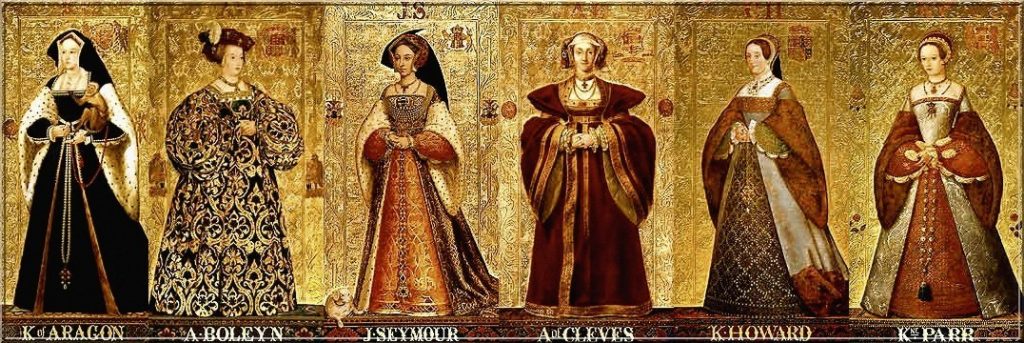
THINGS THAT MIGHT NOT BE OBVIOUS OR INTUITIVE
Unless otherwise specified, there is no limit on the passage of time between marriage and annulment.
Glynn (Scotty) Wolfe, an American Baptist minister is known for having the largest number of monogamous marriages. He married 31 different times. One marriage was annulled.
A Catholic couple who obtain a divorce can subsequently apply for an annulment when one or both parties want to be members of the church in good standing and/or be remarried in the church.
If one member of a couple applies for an annulment, the other member has the option of agreeing, disagreeing, or (in the case of a couple previously divorced) simply not responding.
If each spouse/former spouse completes the fact-finding forms (done independently), their answers are compared and discrepancies resolved. This process can go on for months!
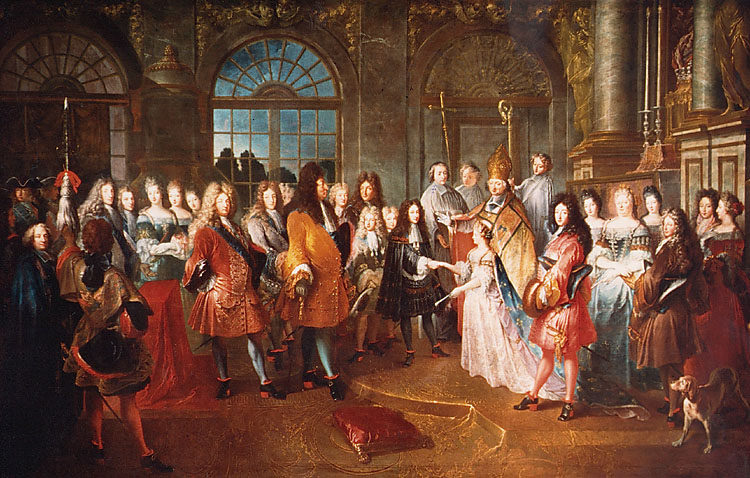
Antoine Dieu
Bottom Line: Civil and religious annulments are two distinctly different actions and one cannot replace the other. Be clear about your rights and responsibilities, which vary by state in Civil annulments.
